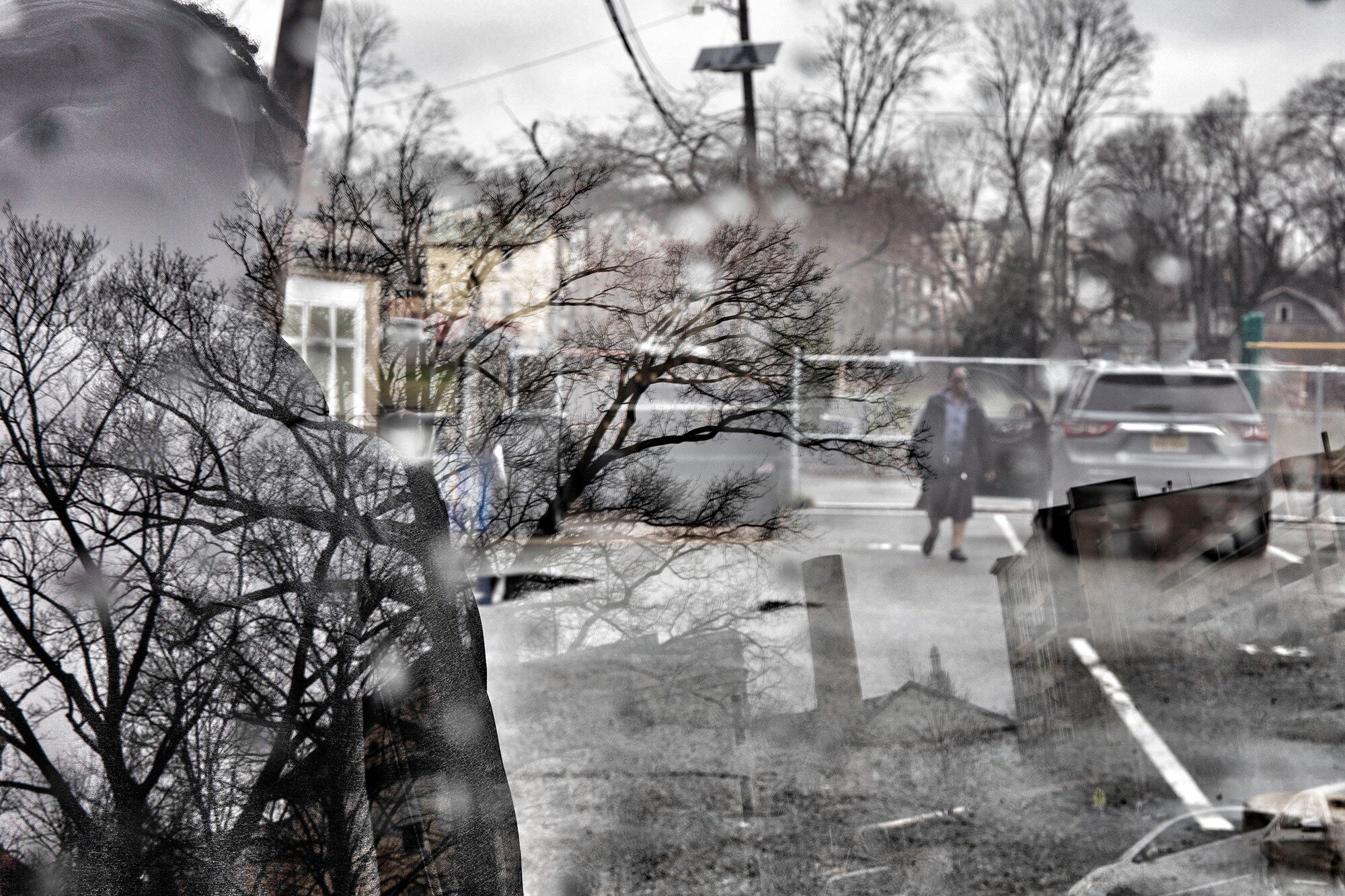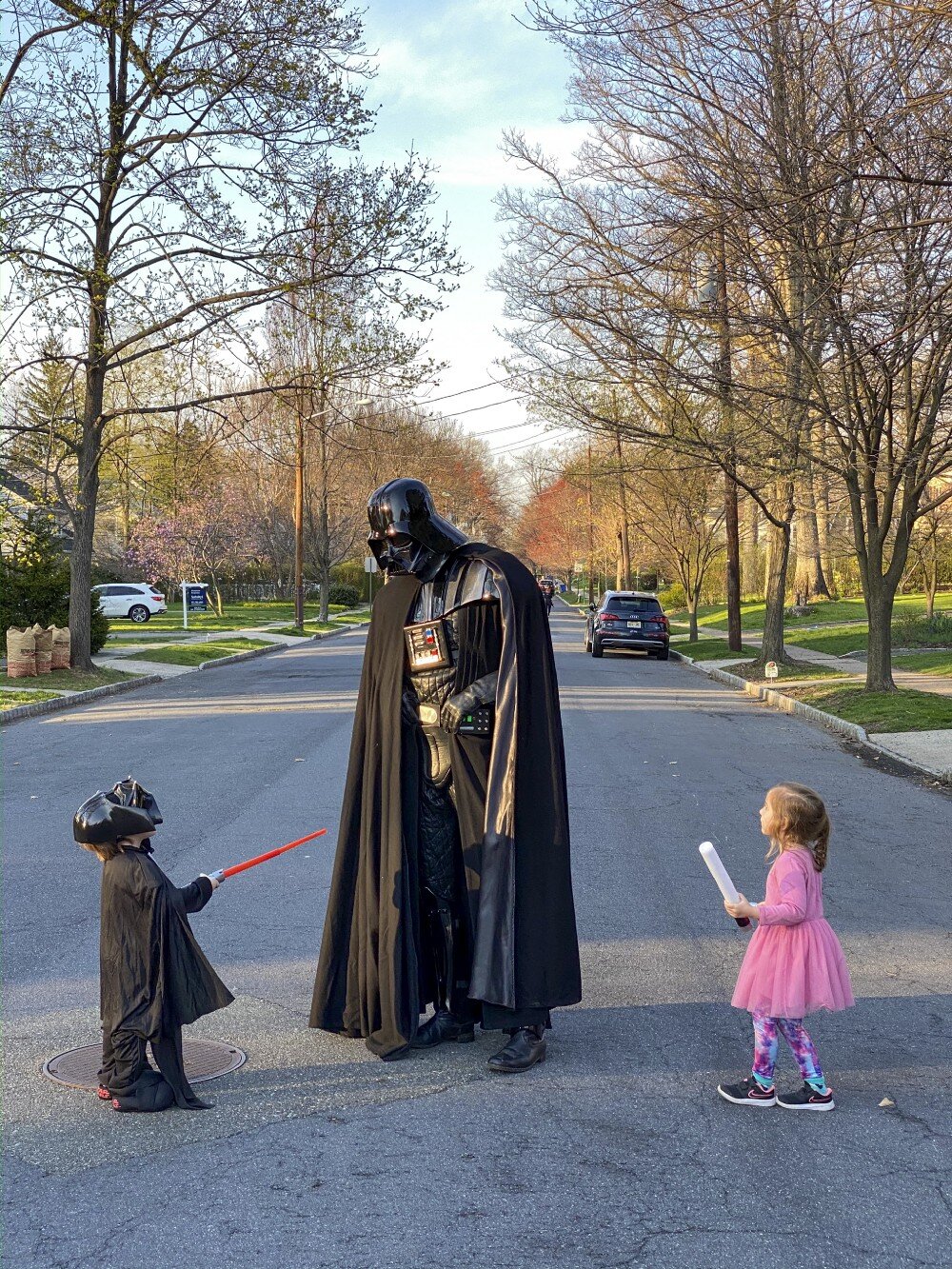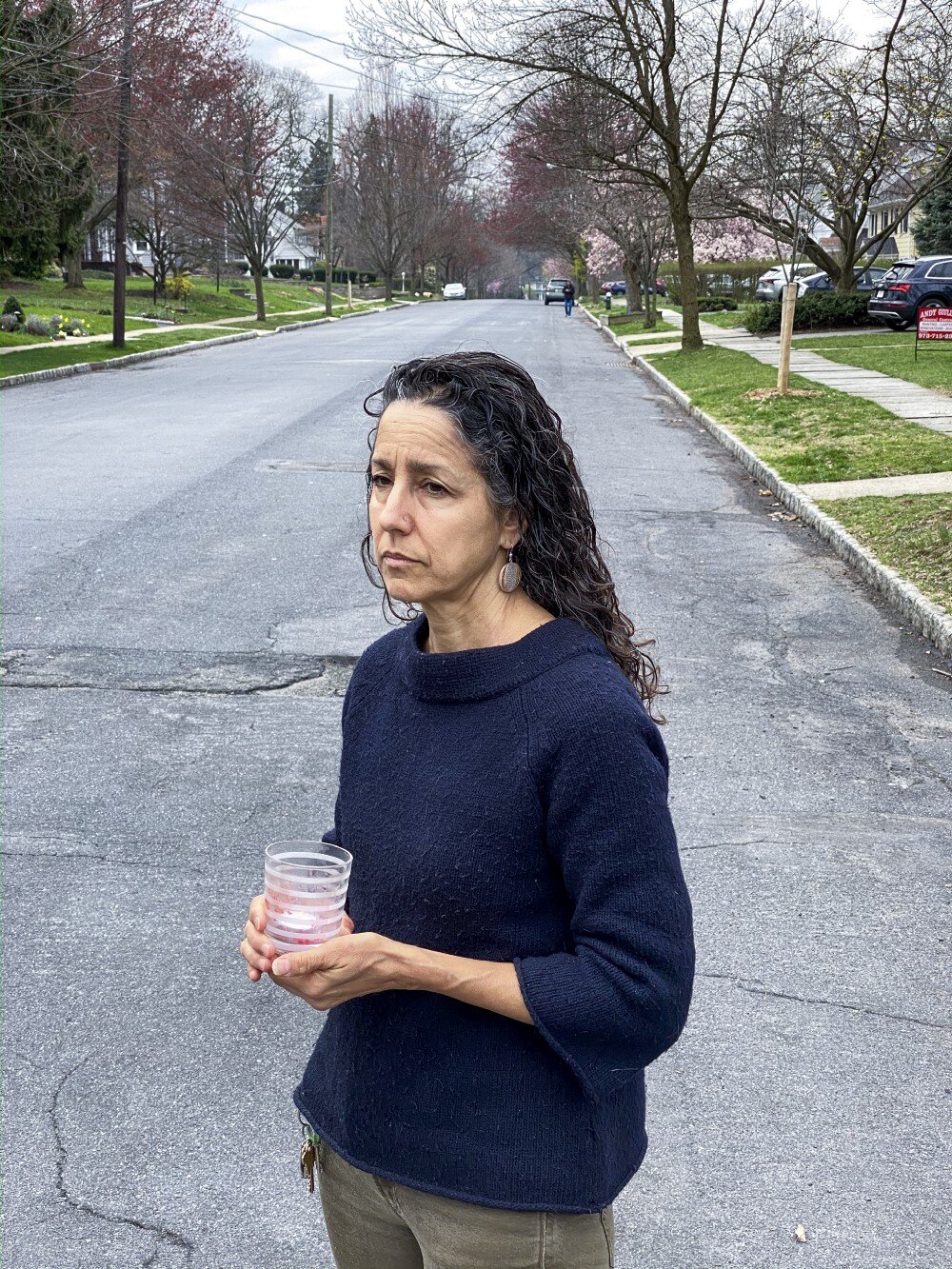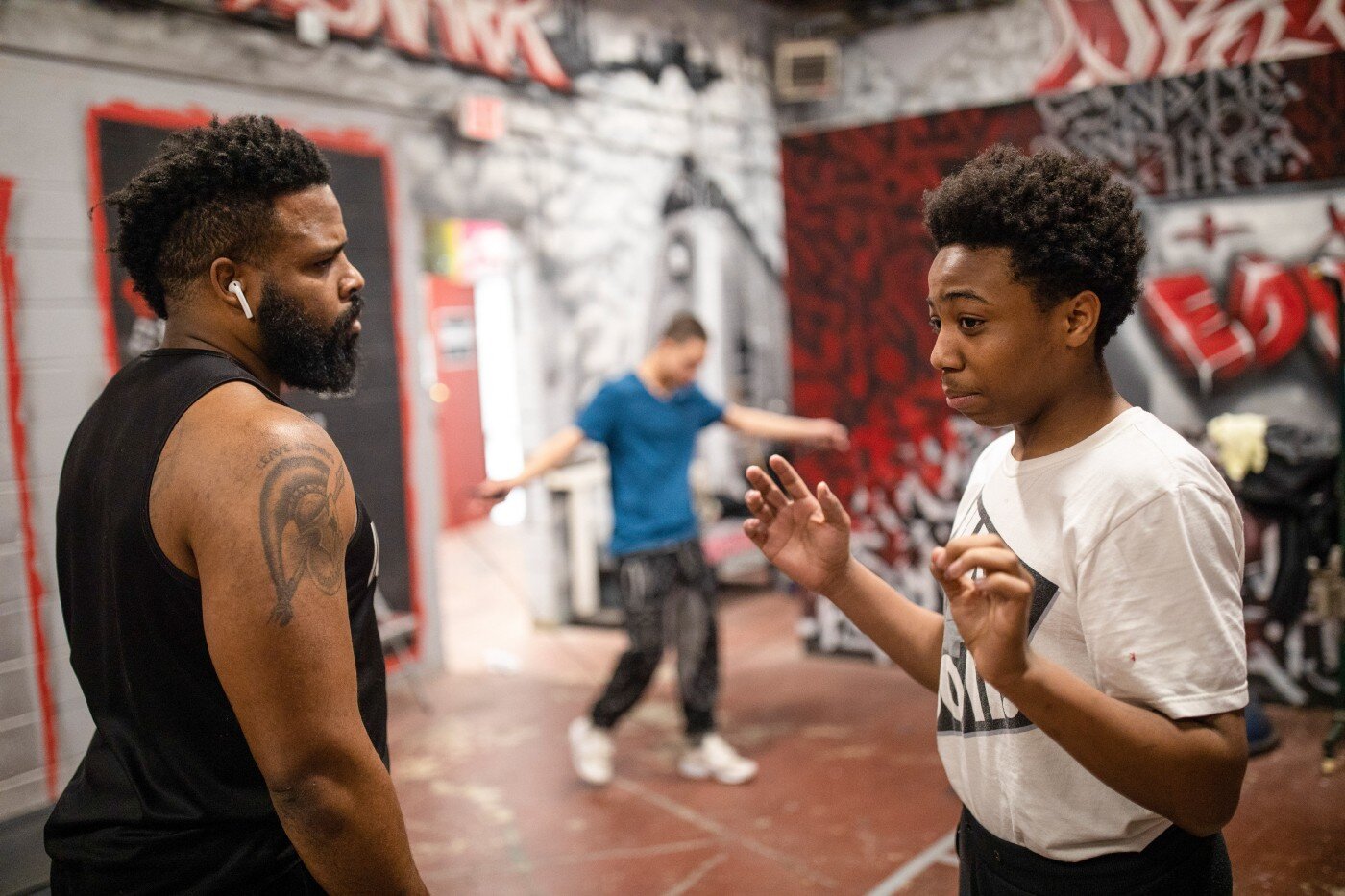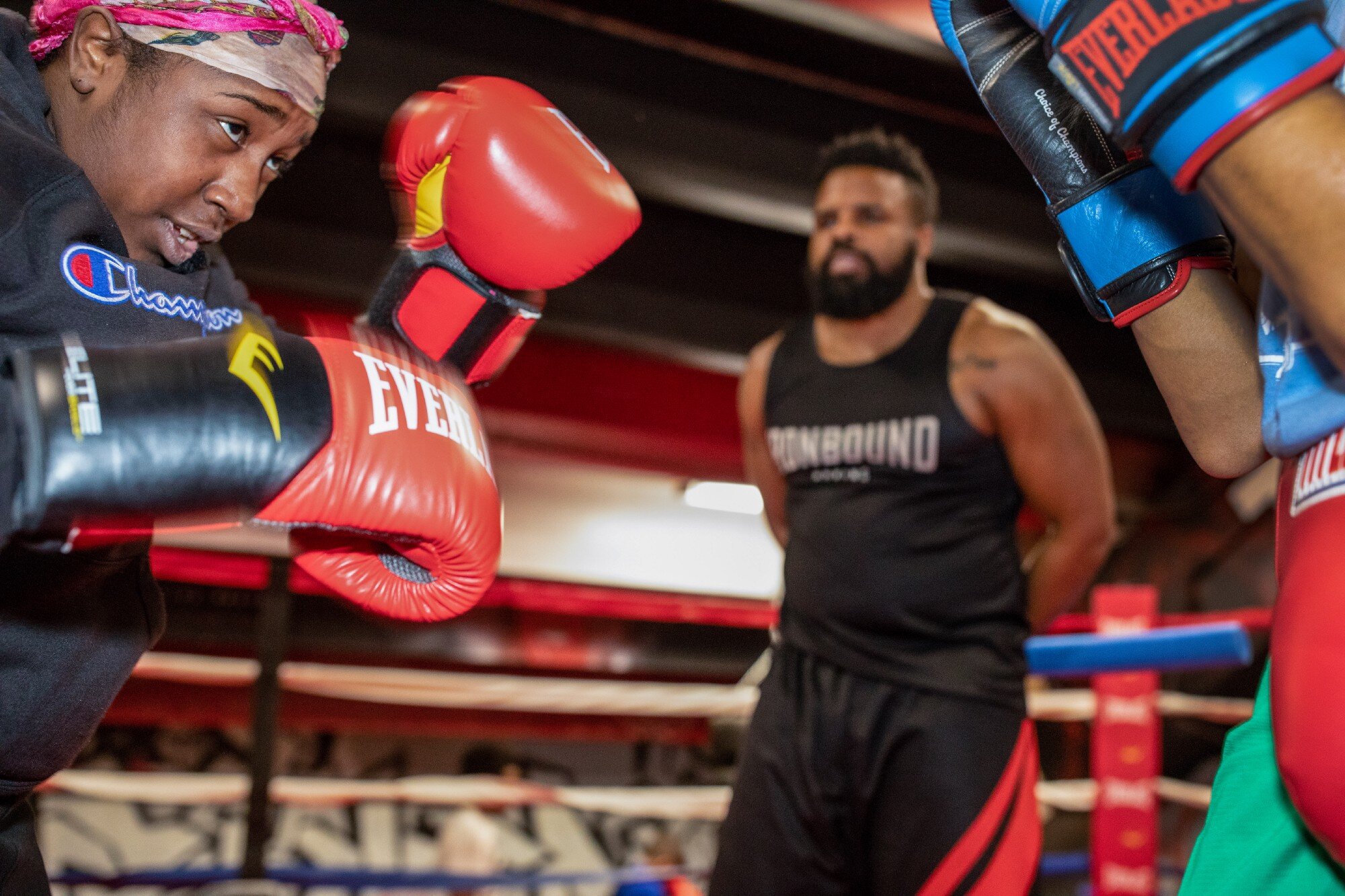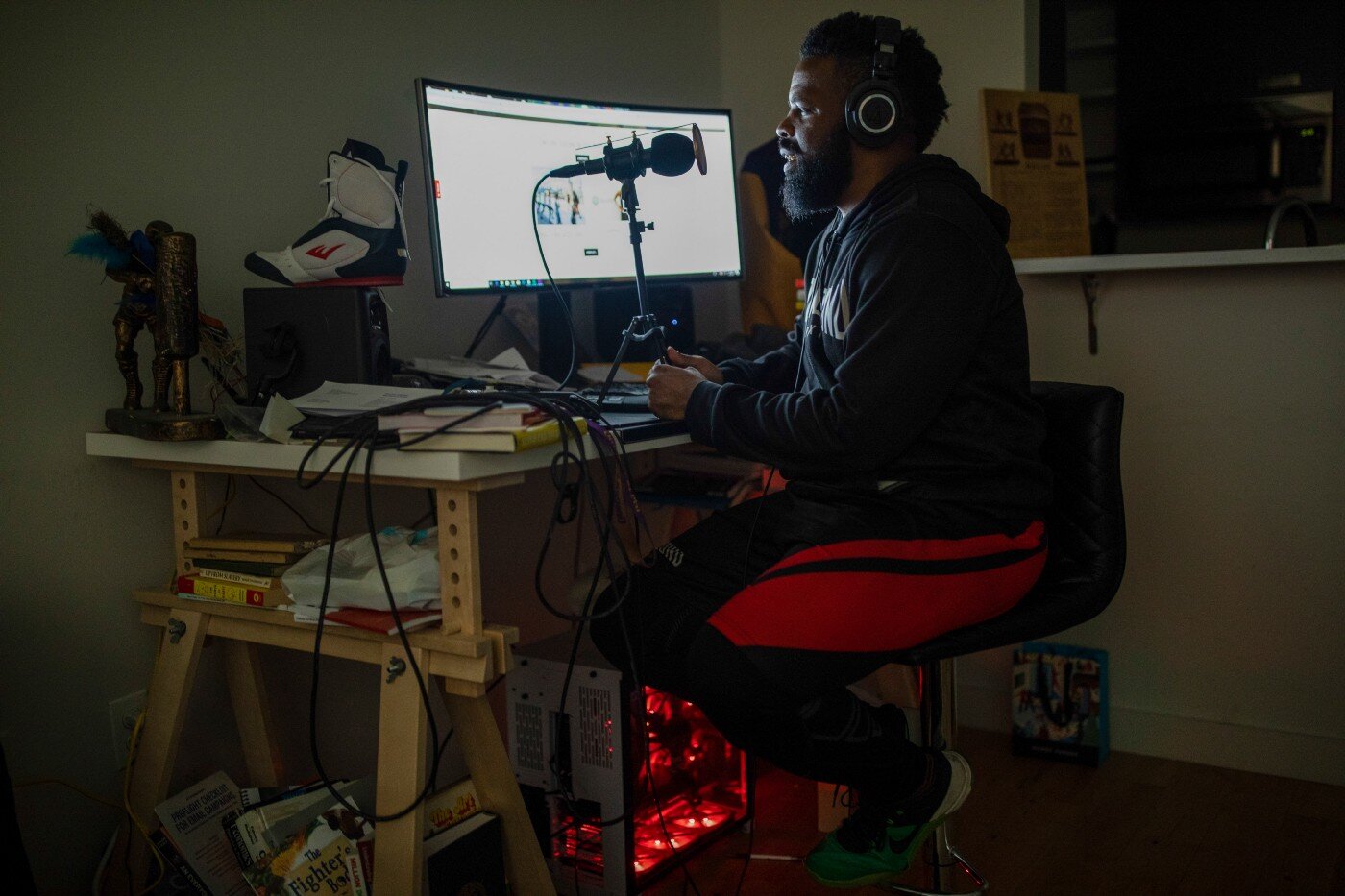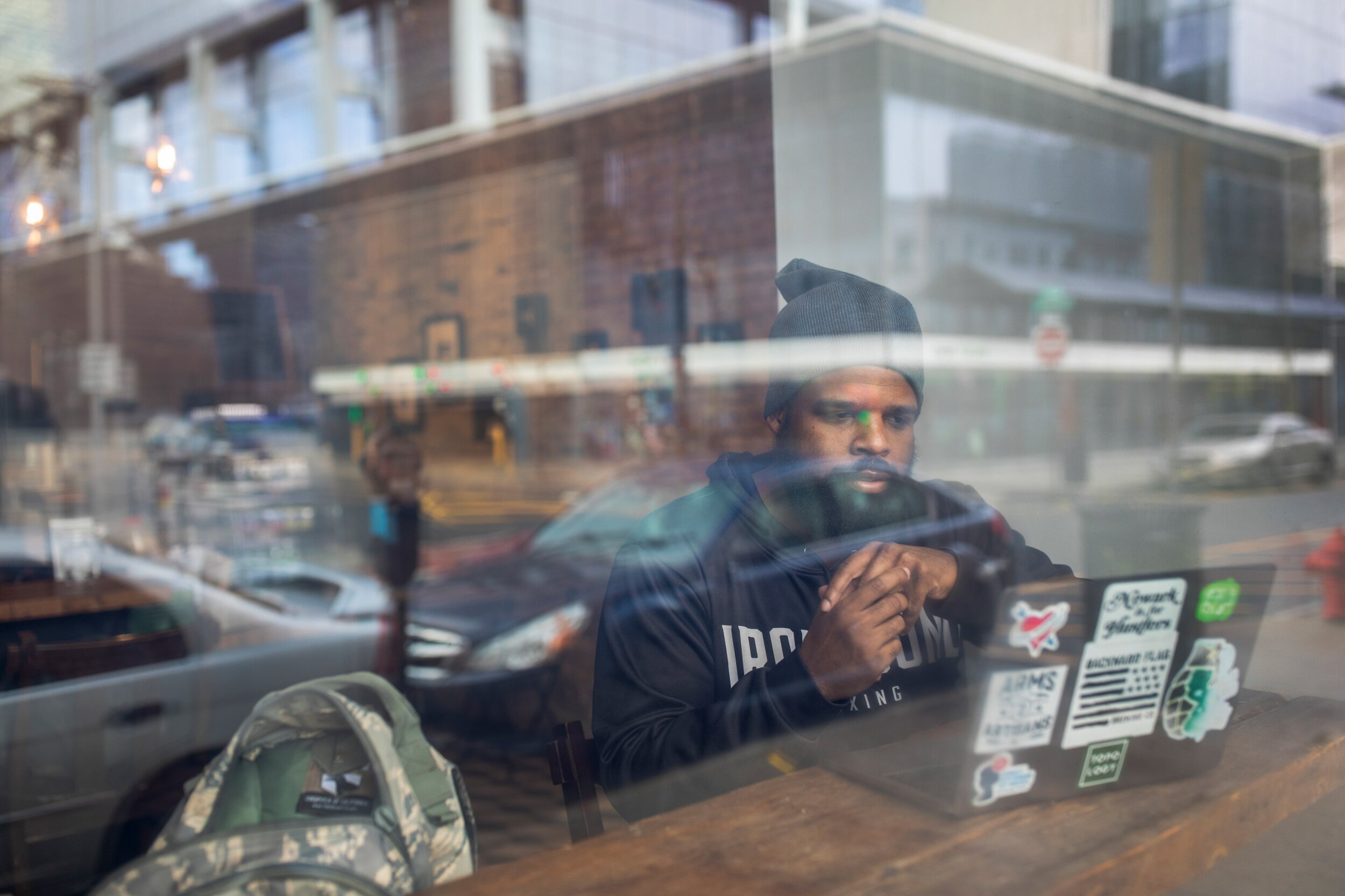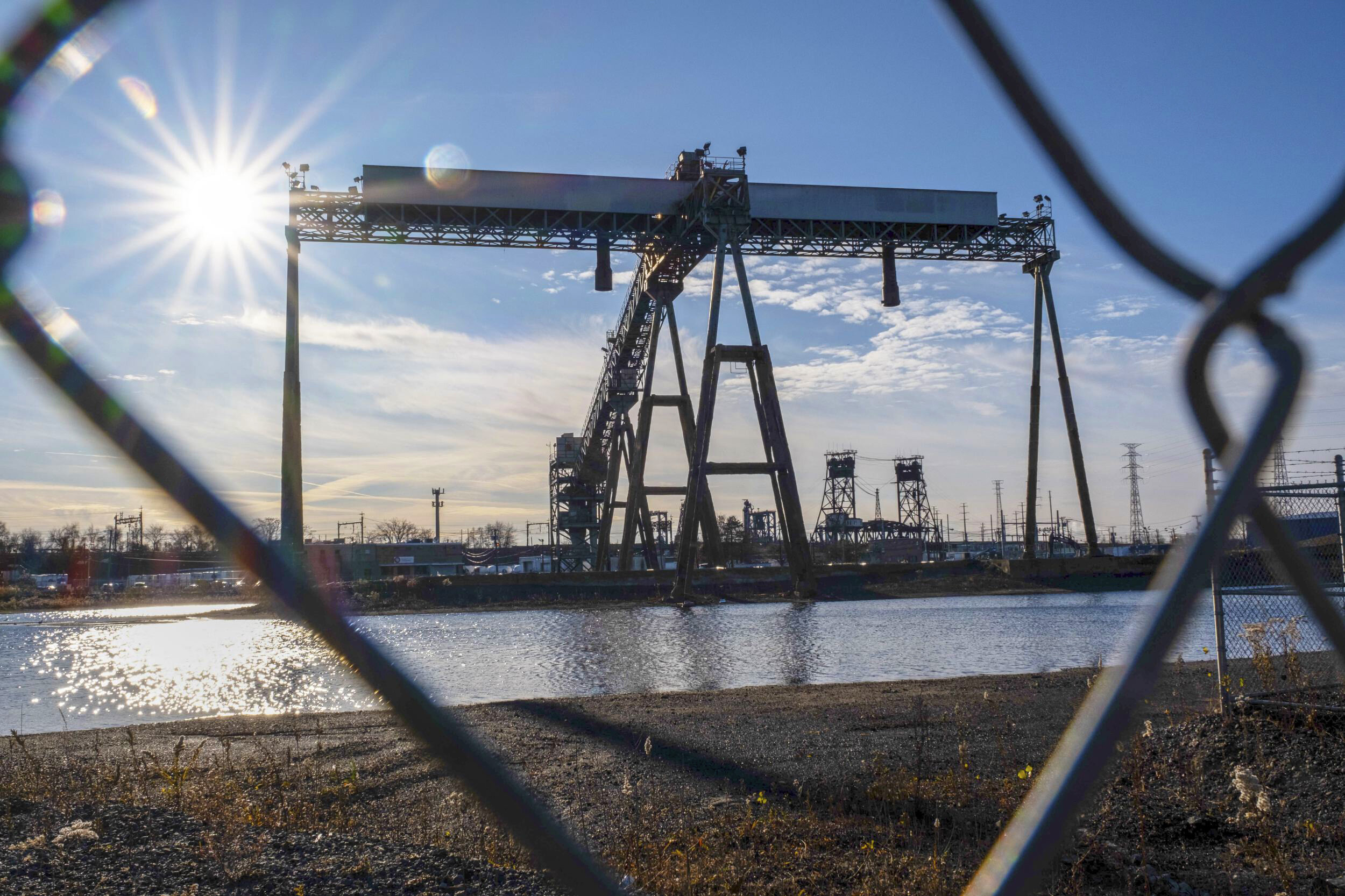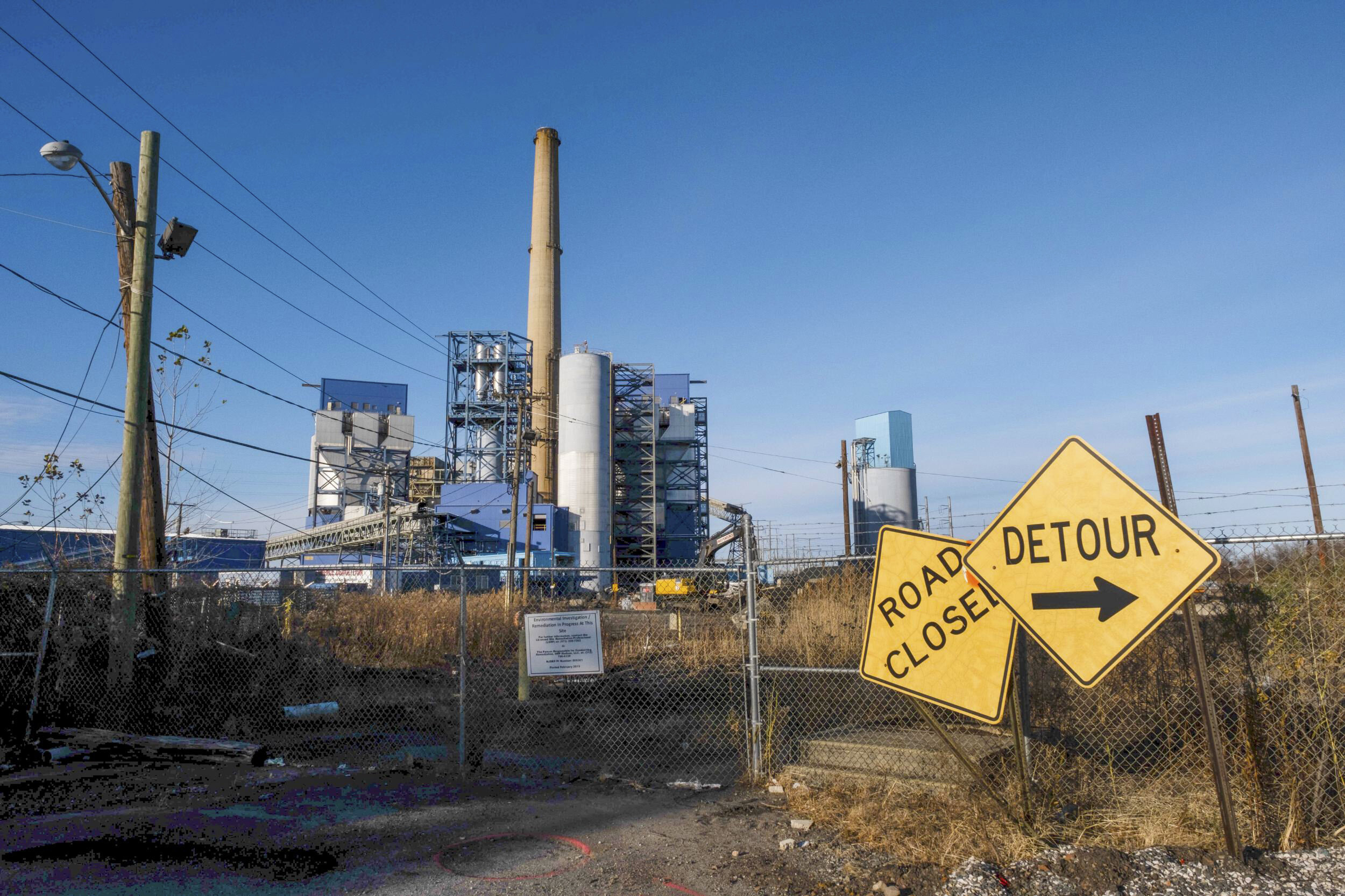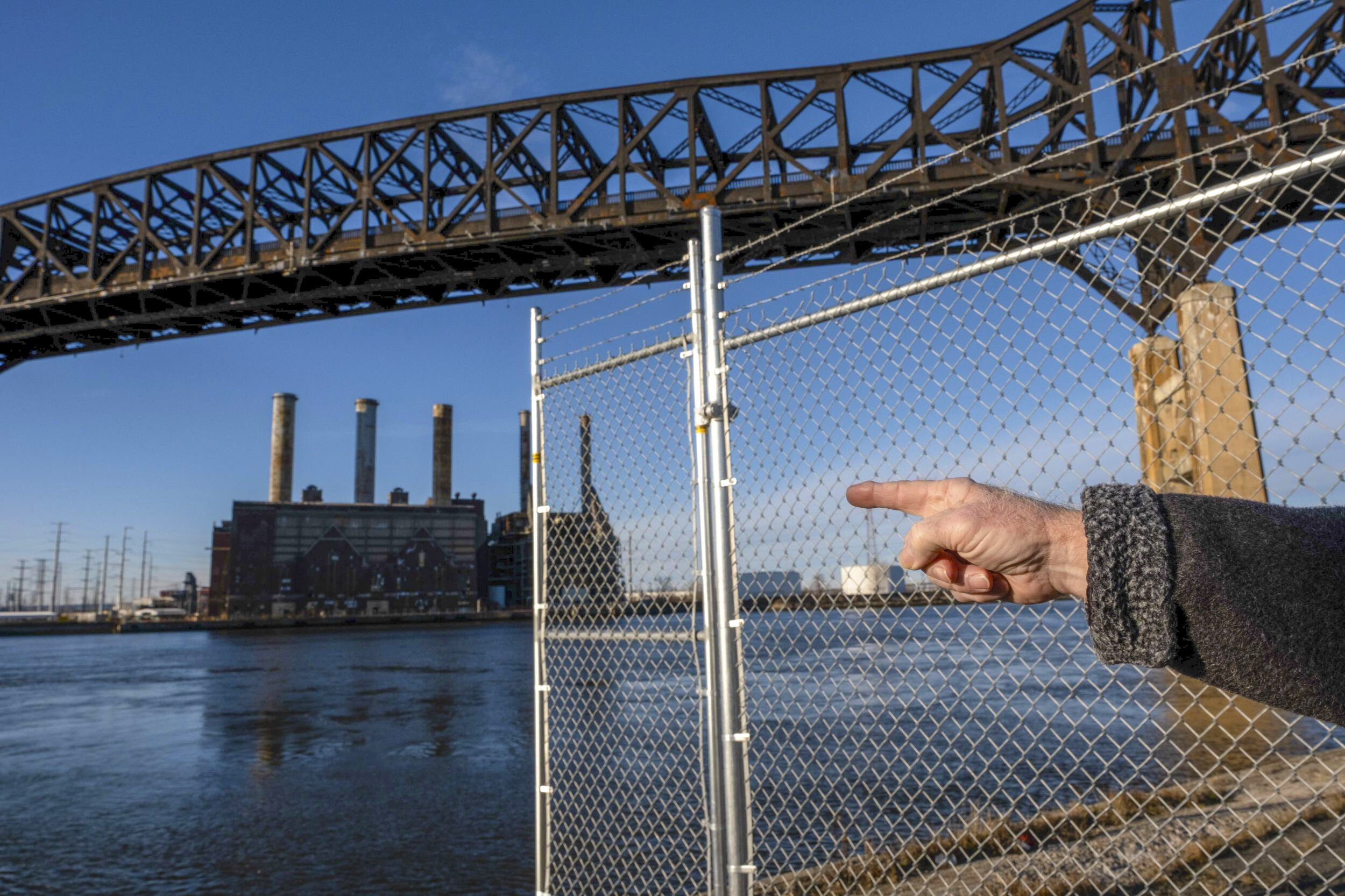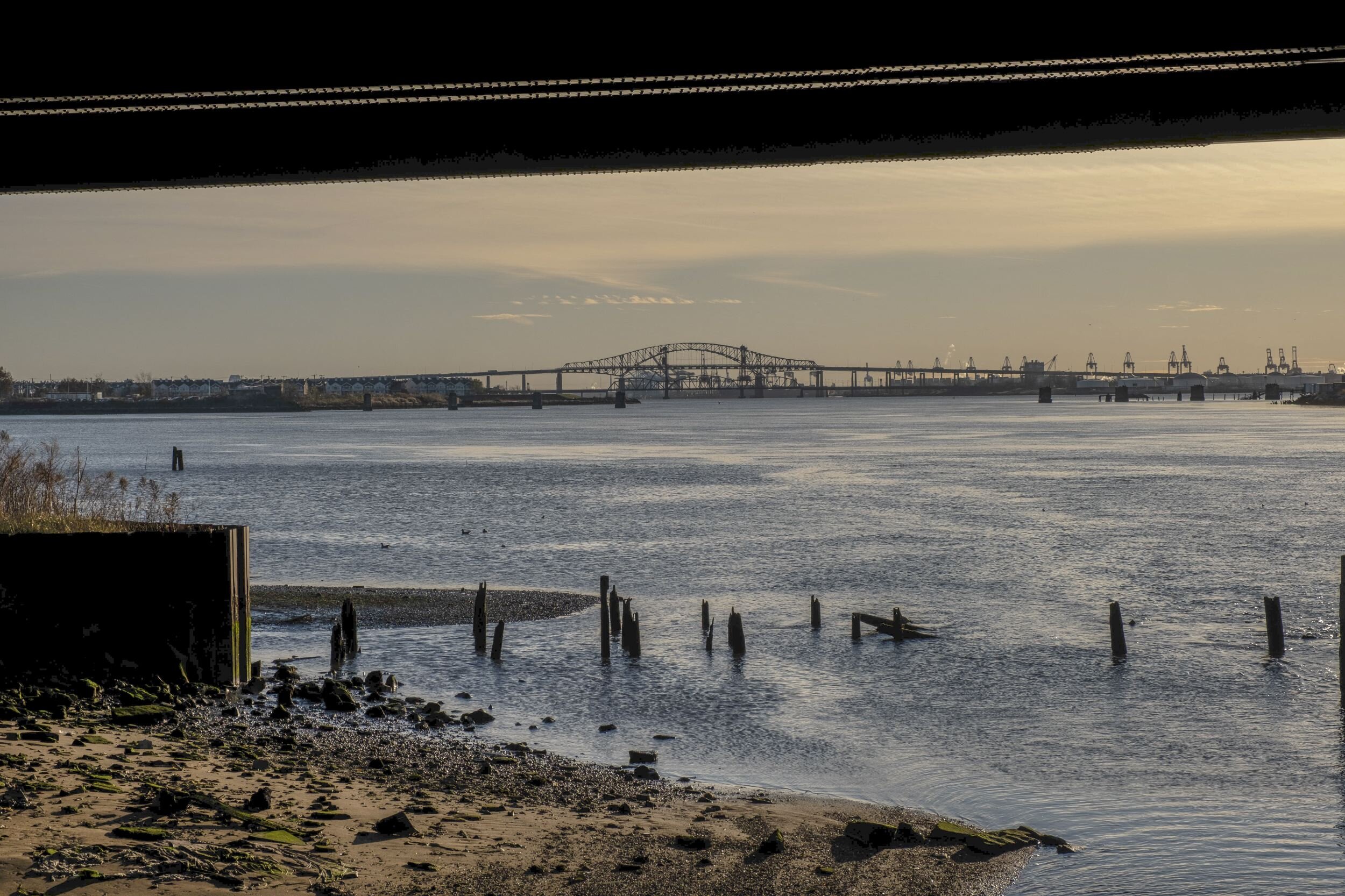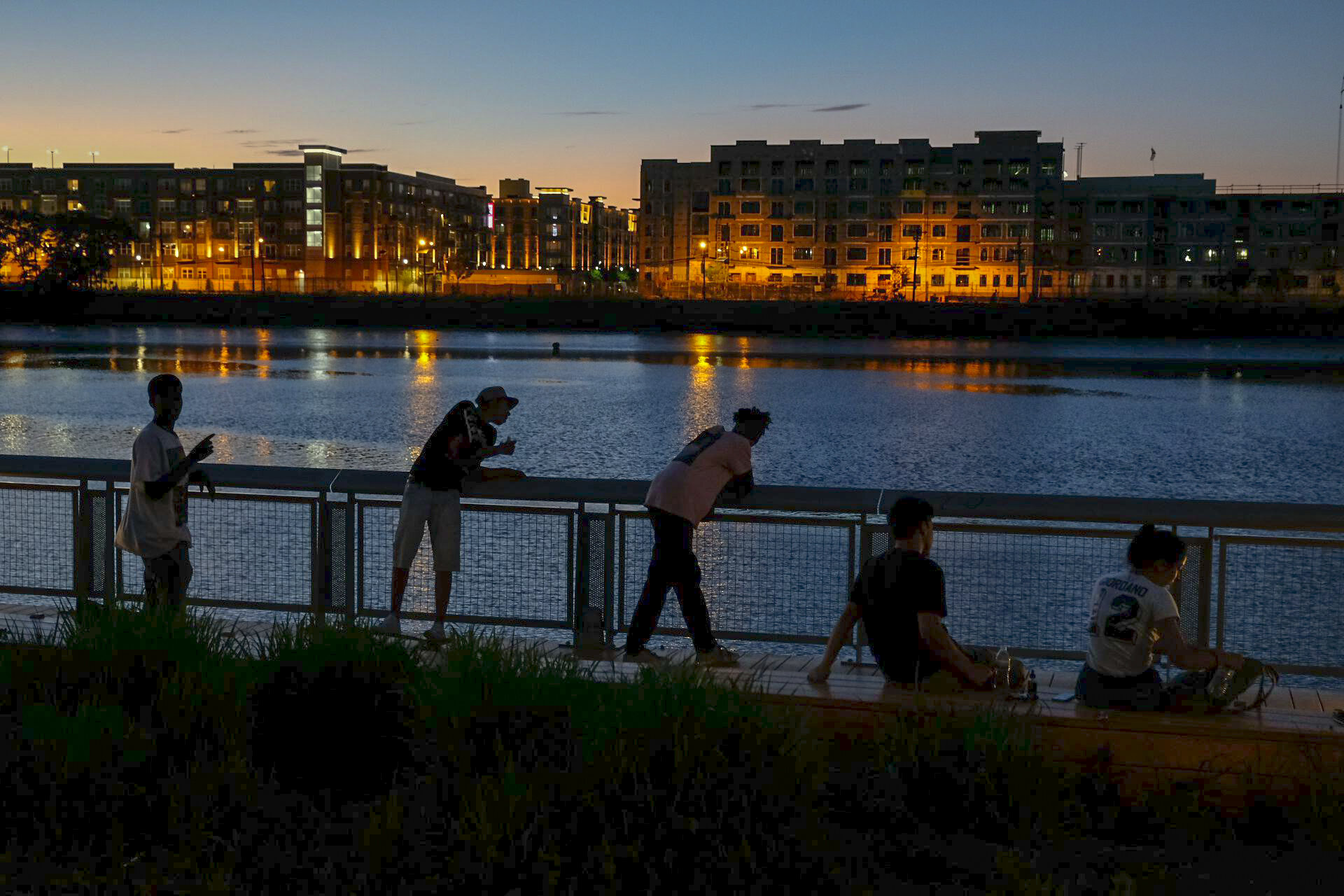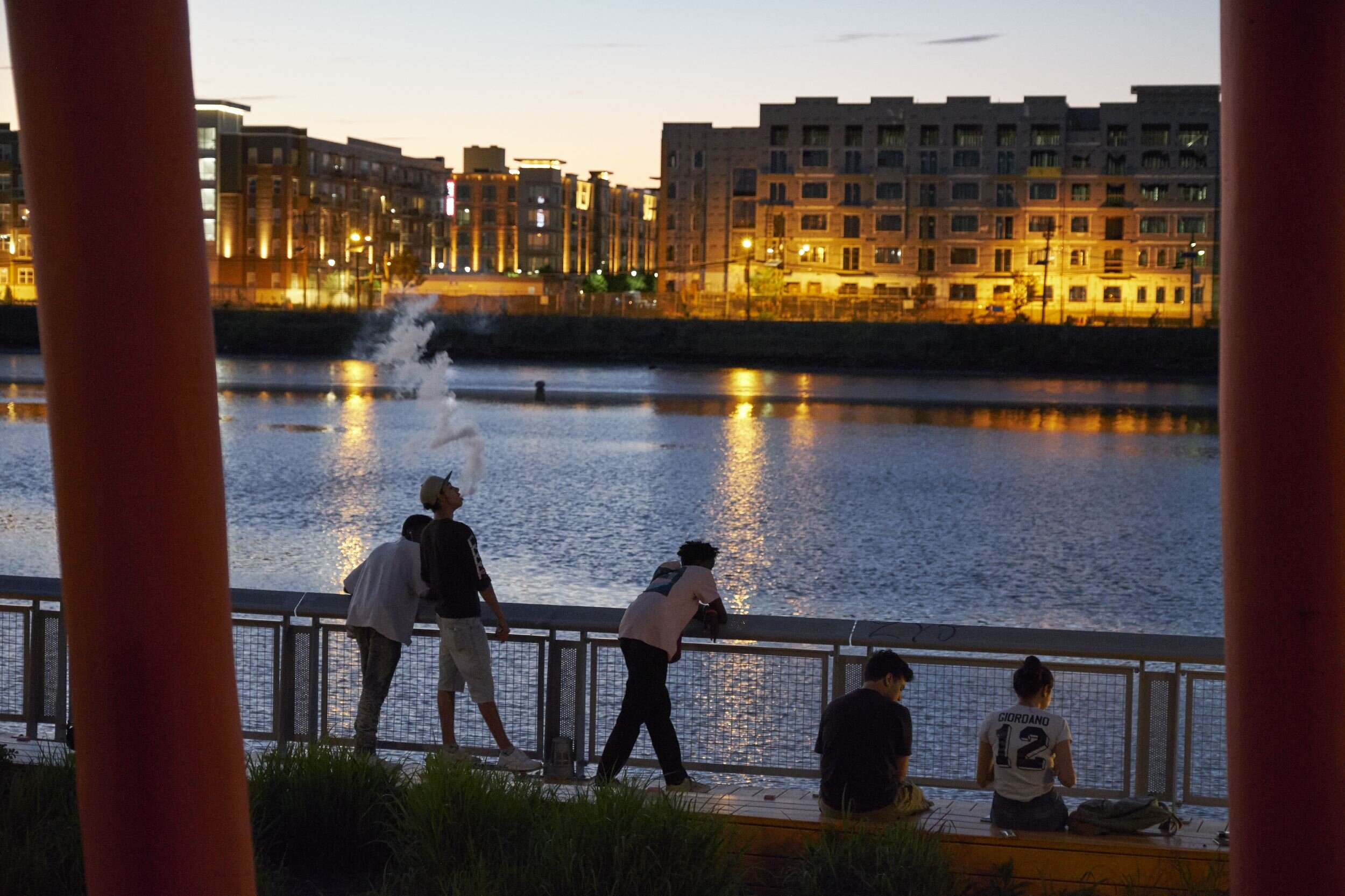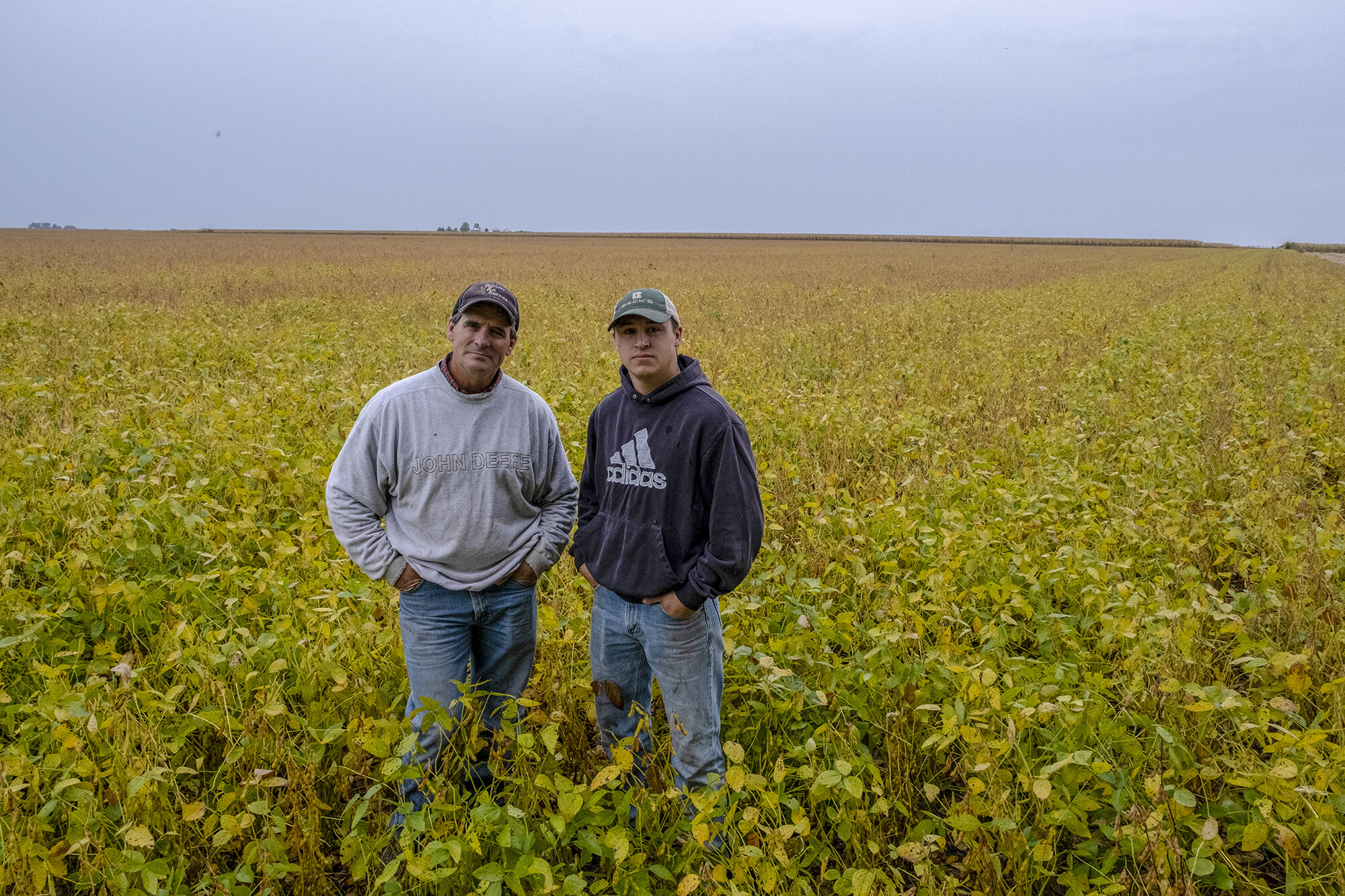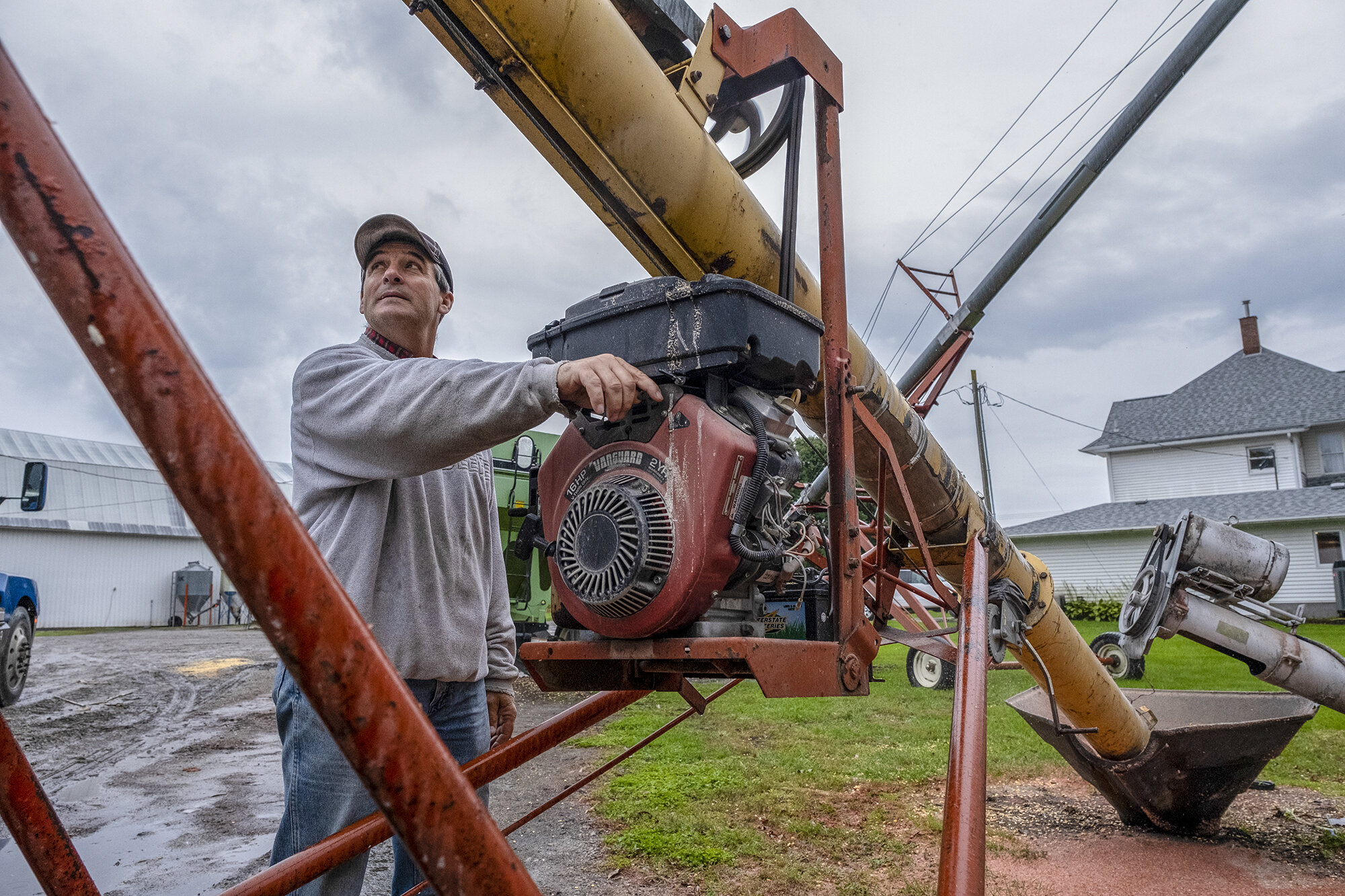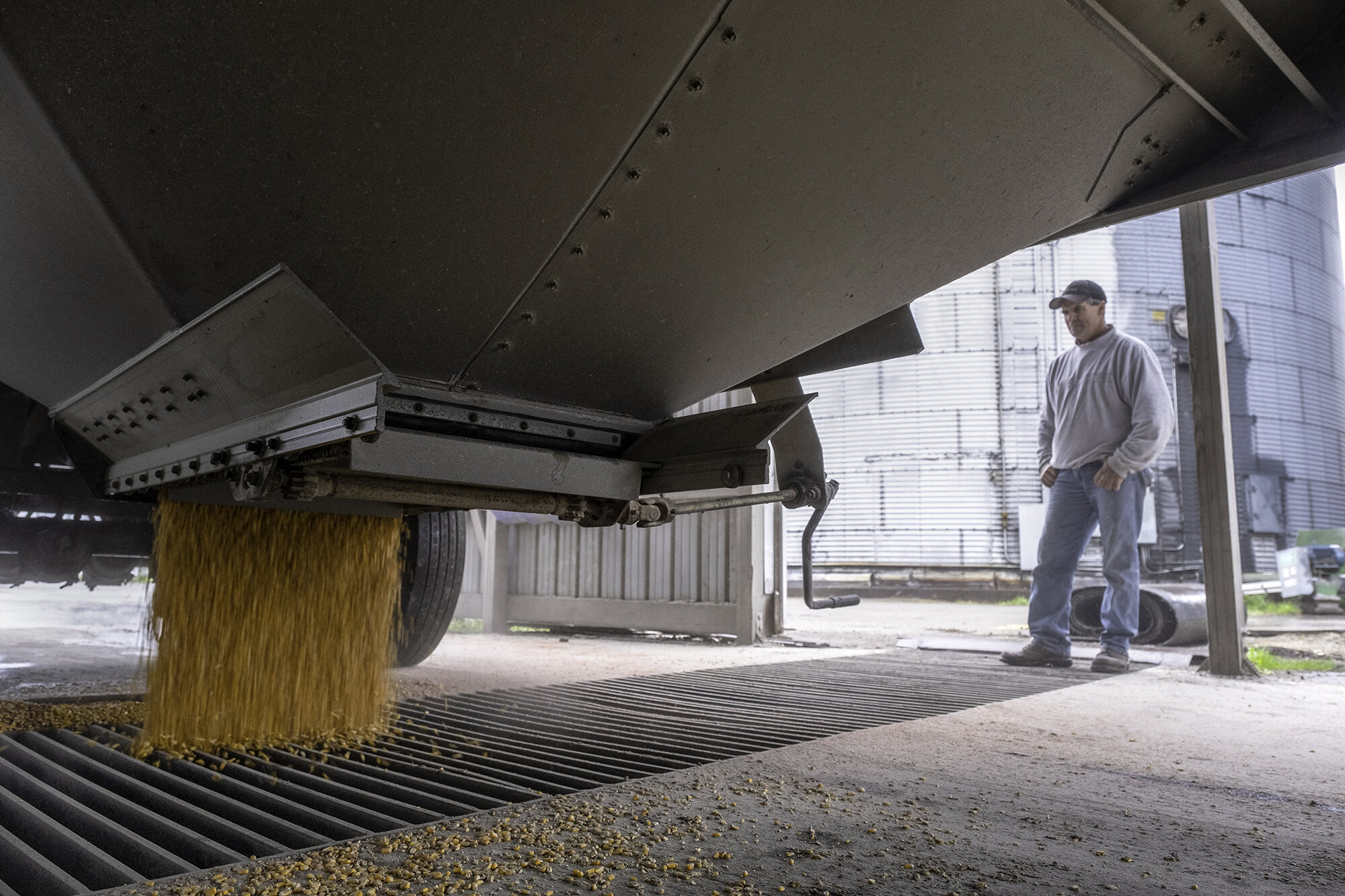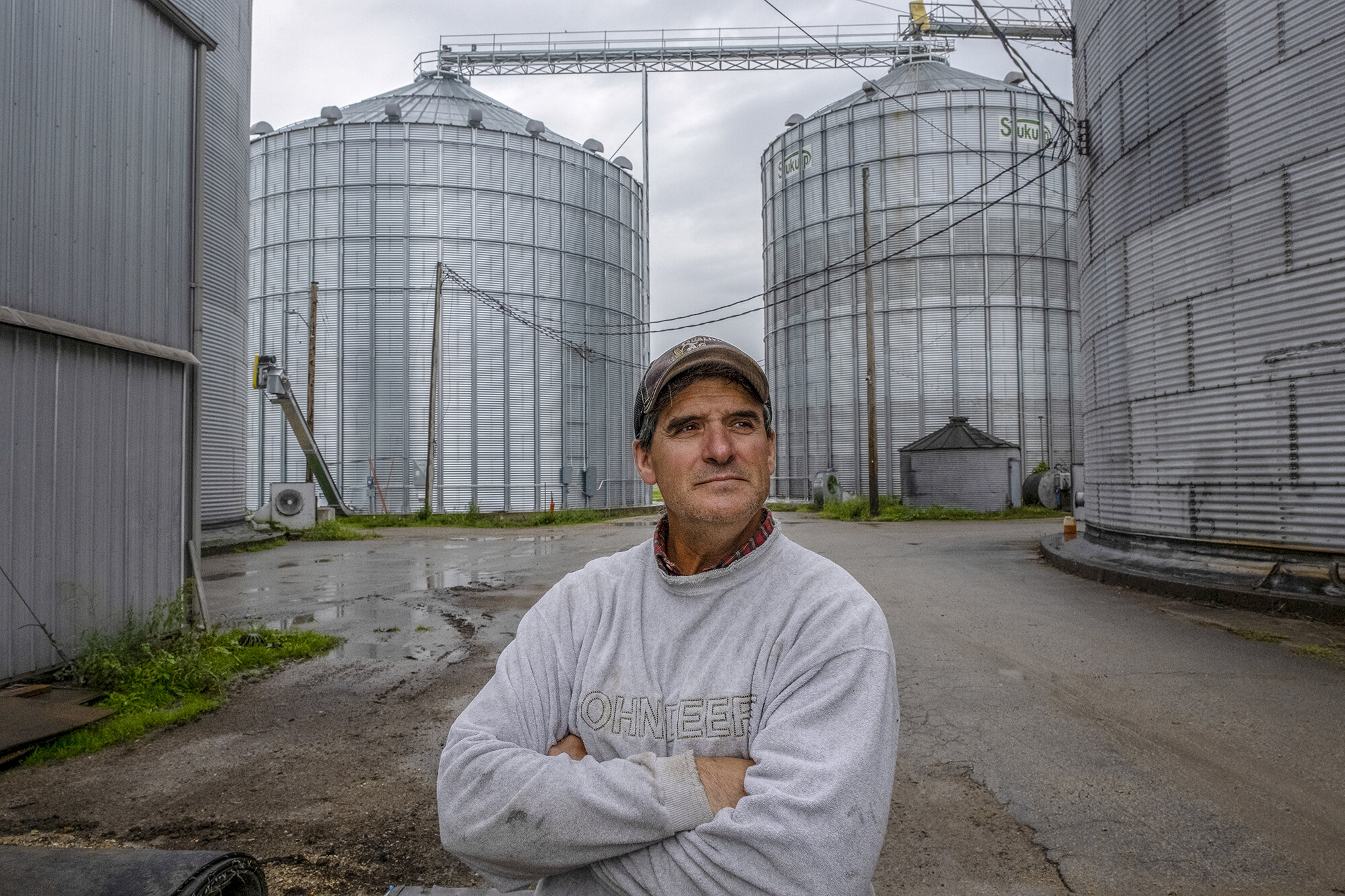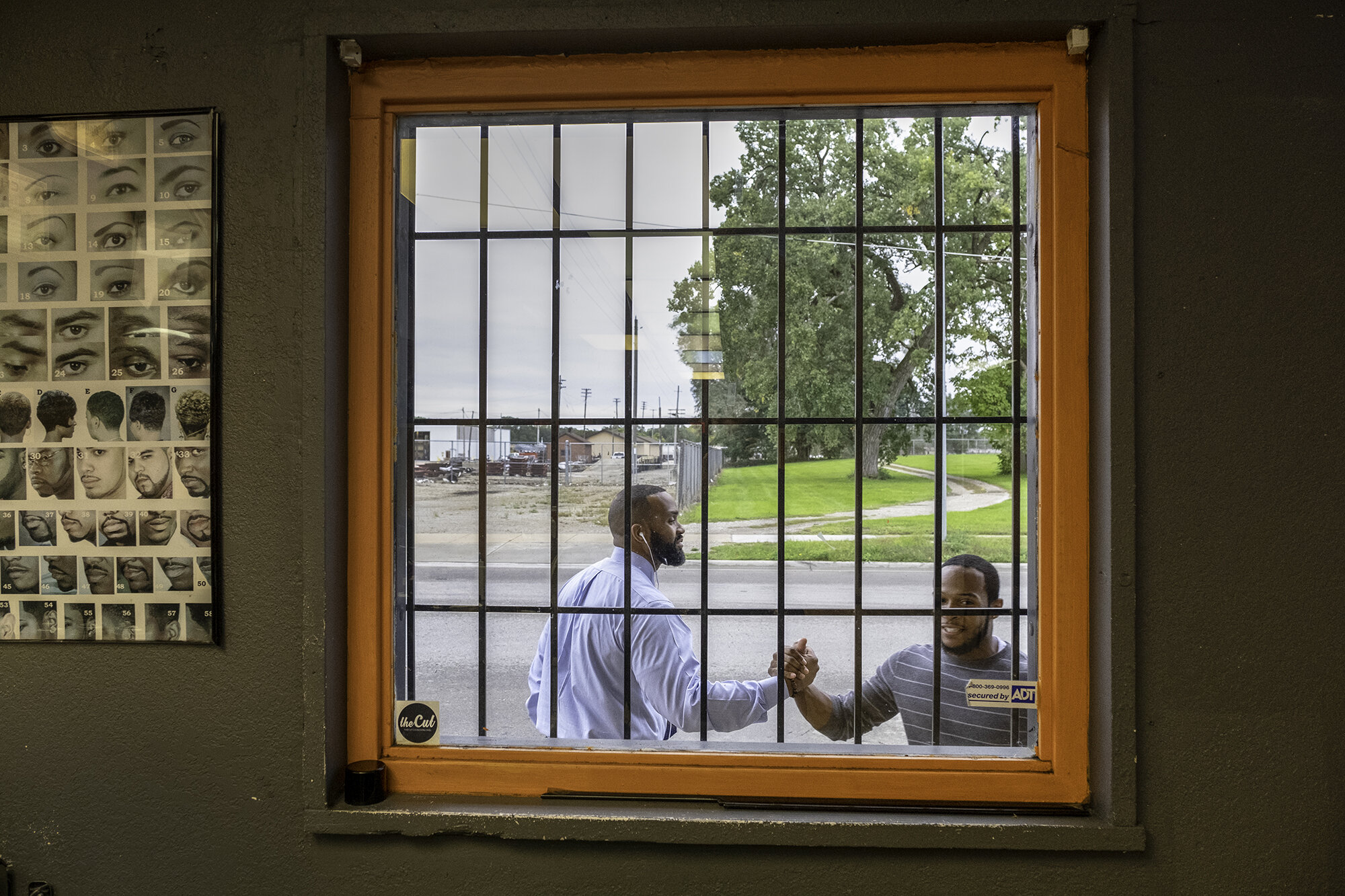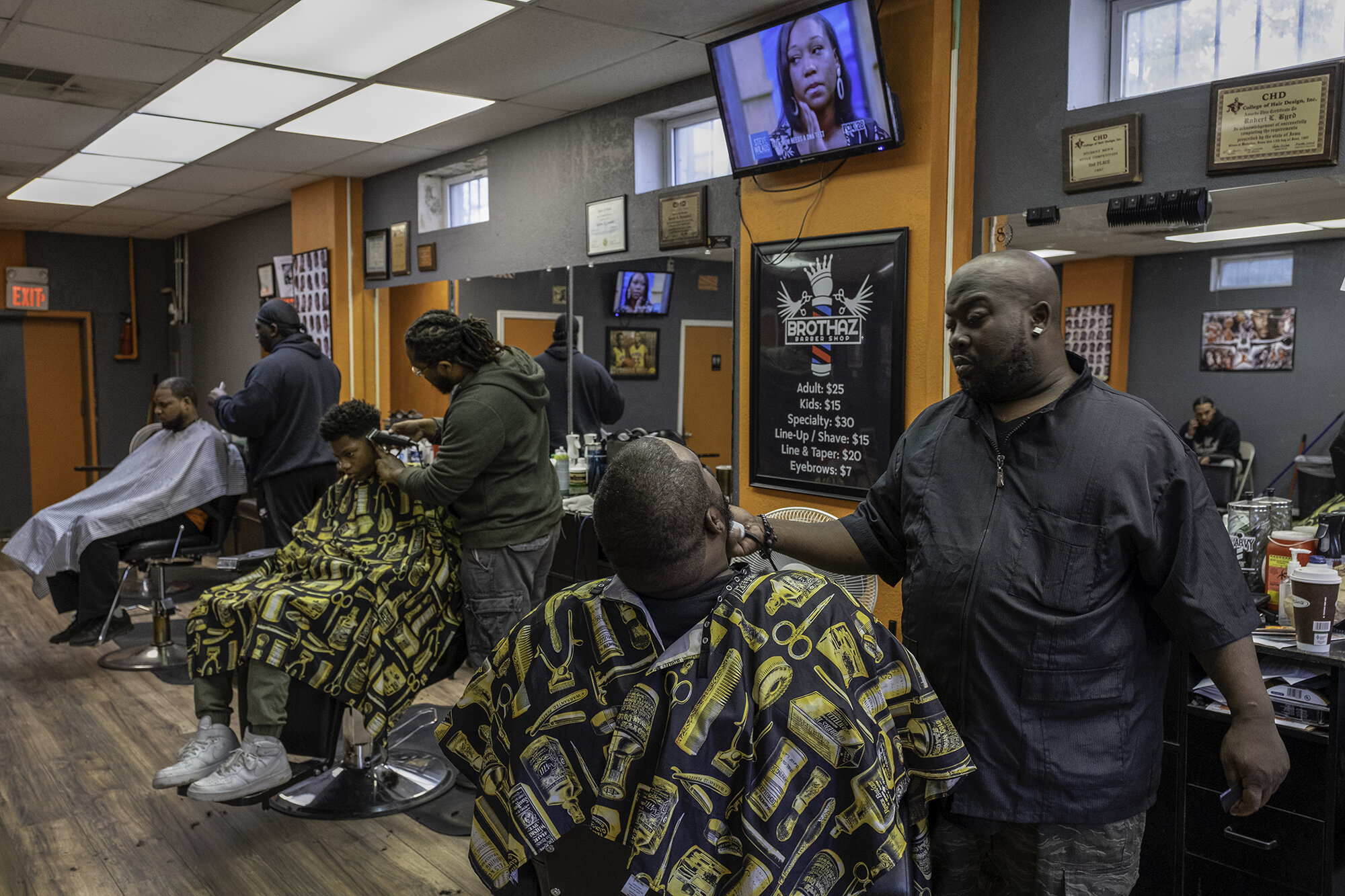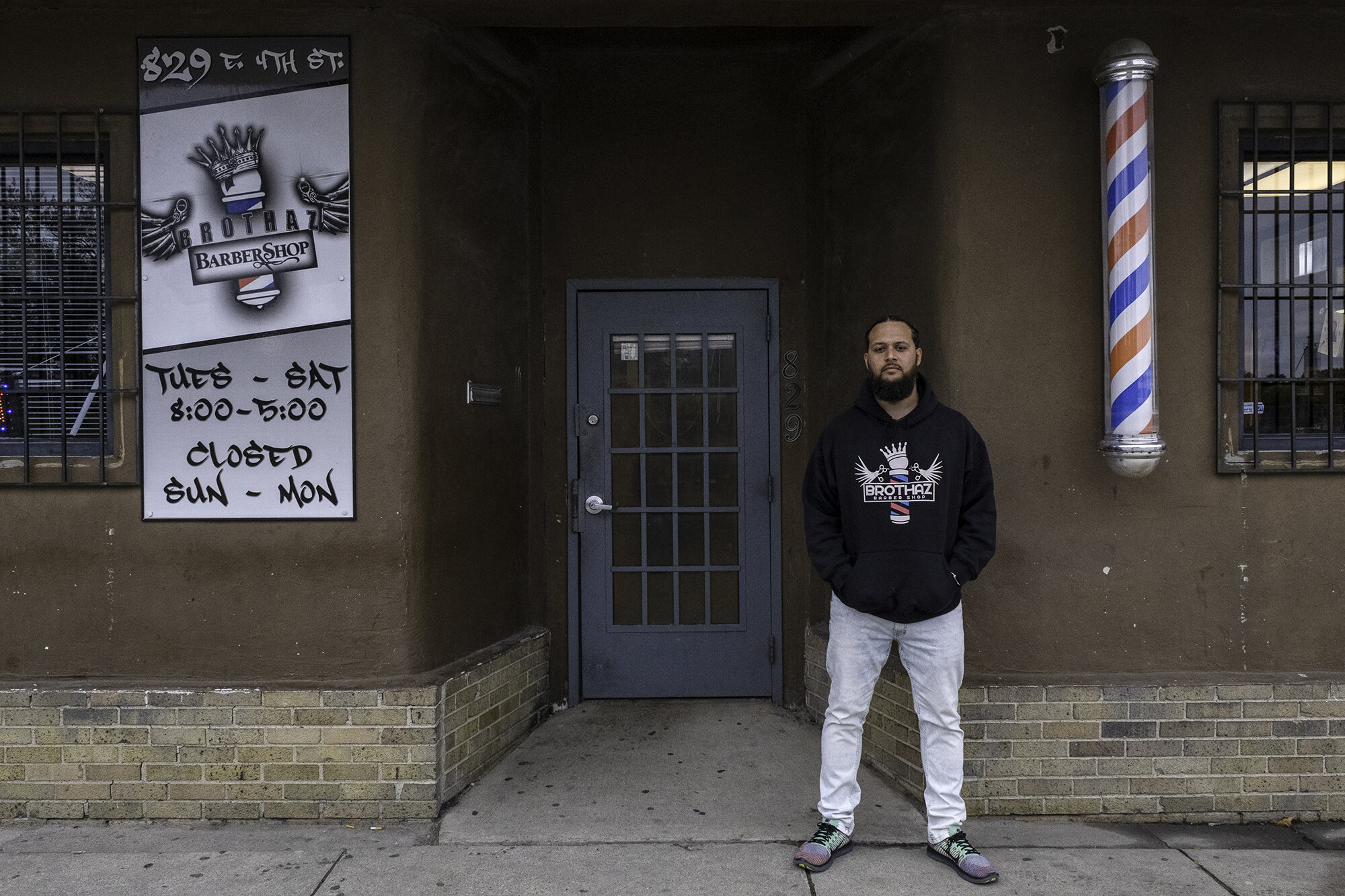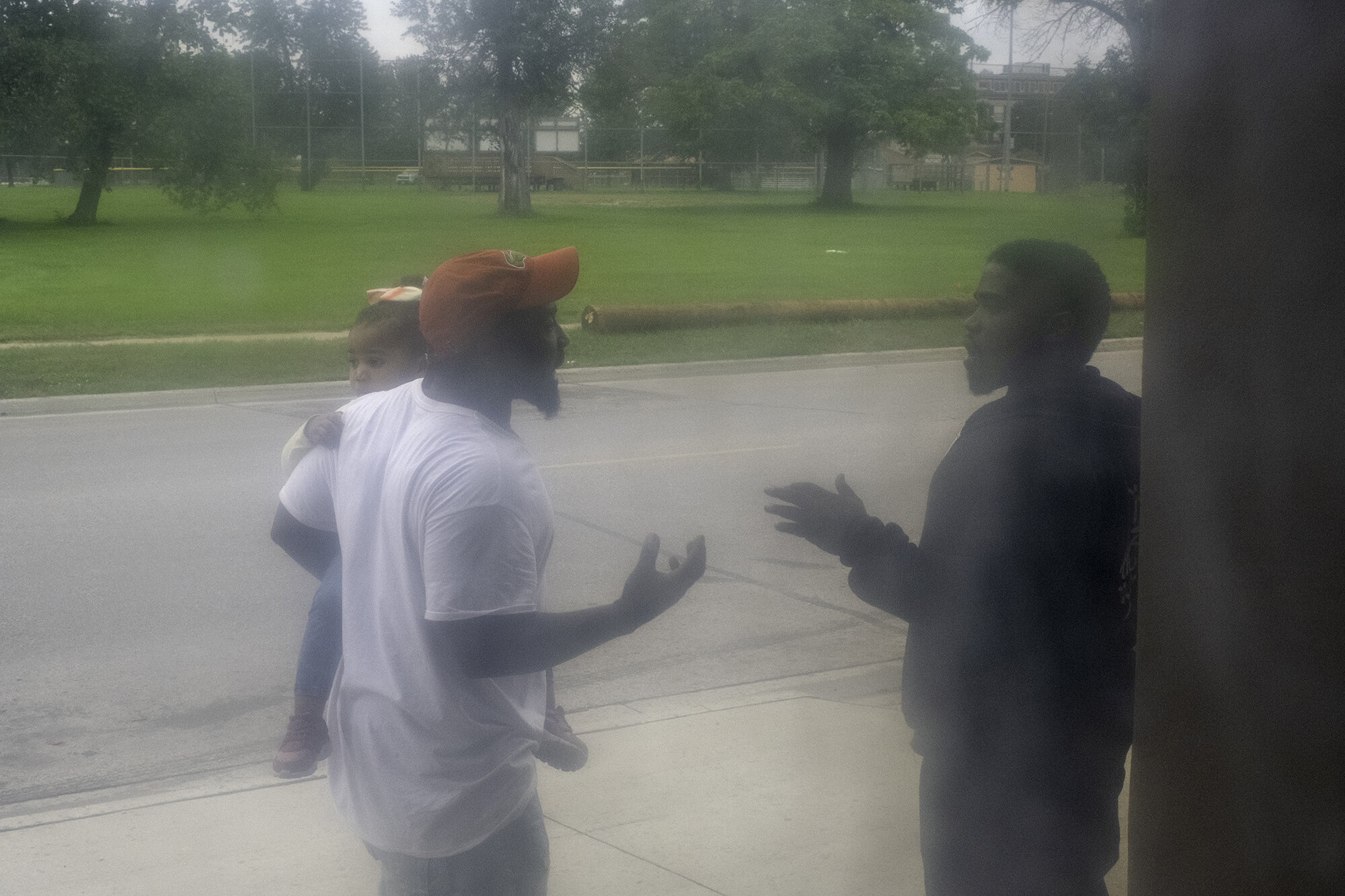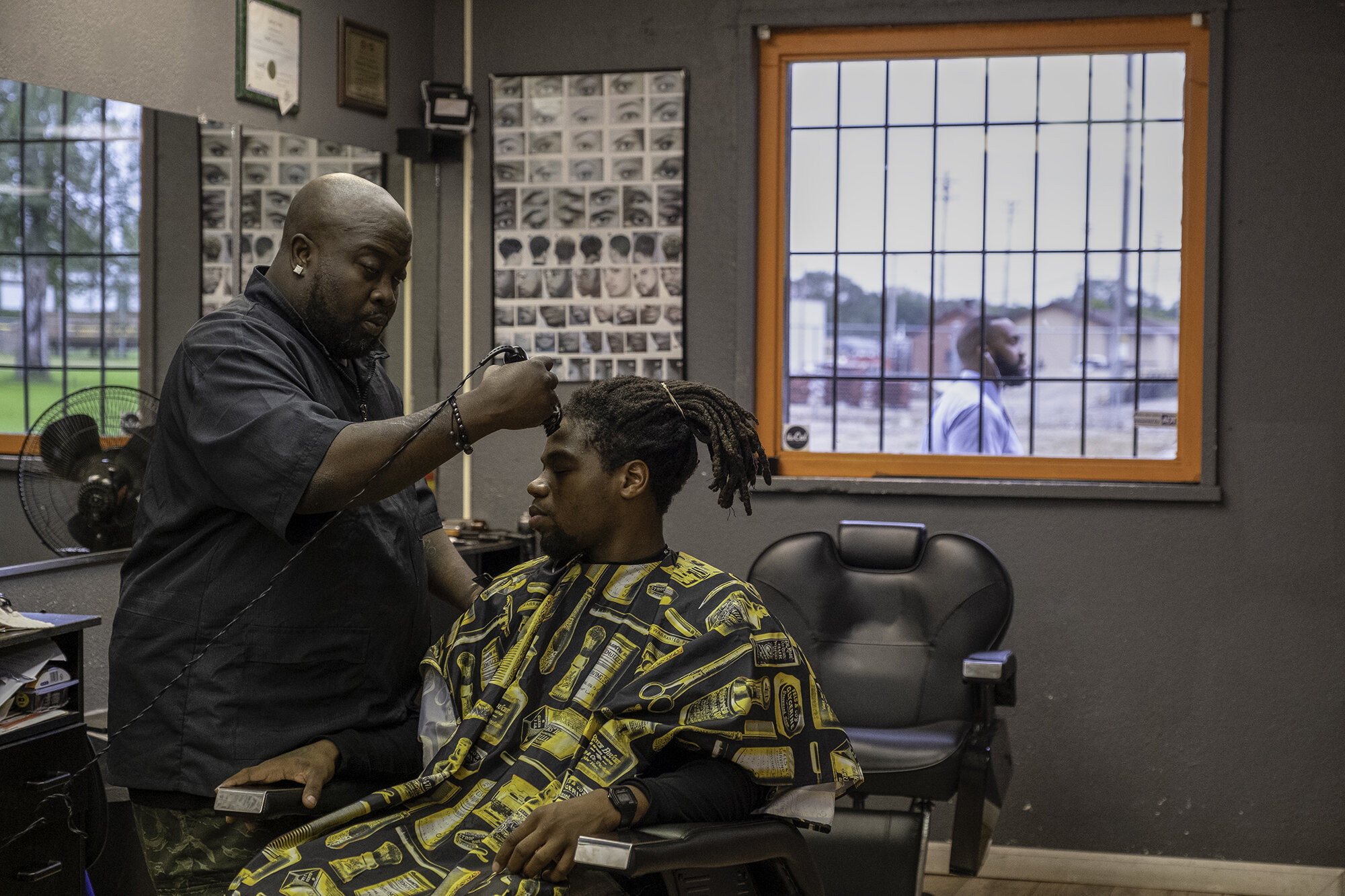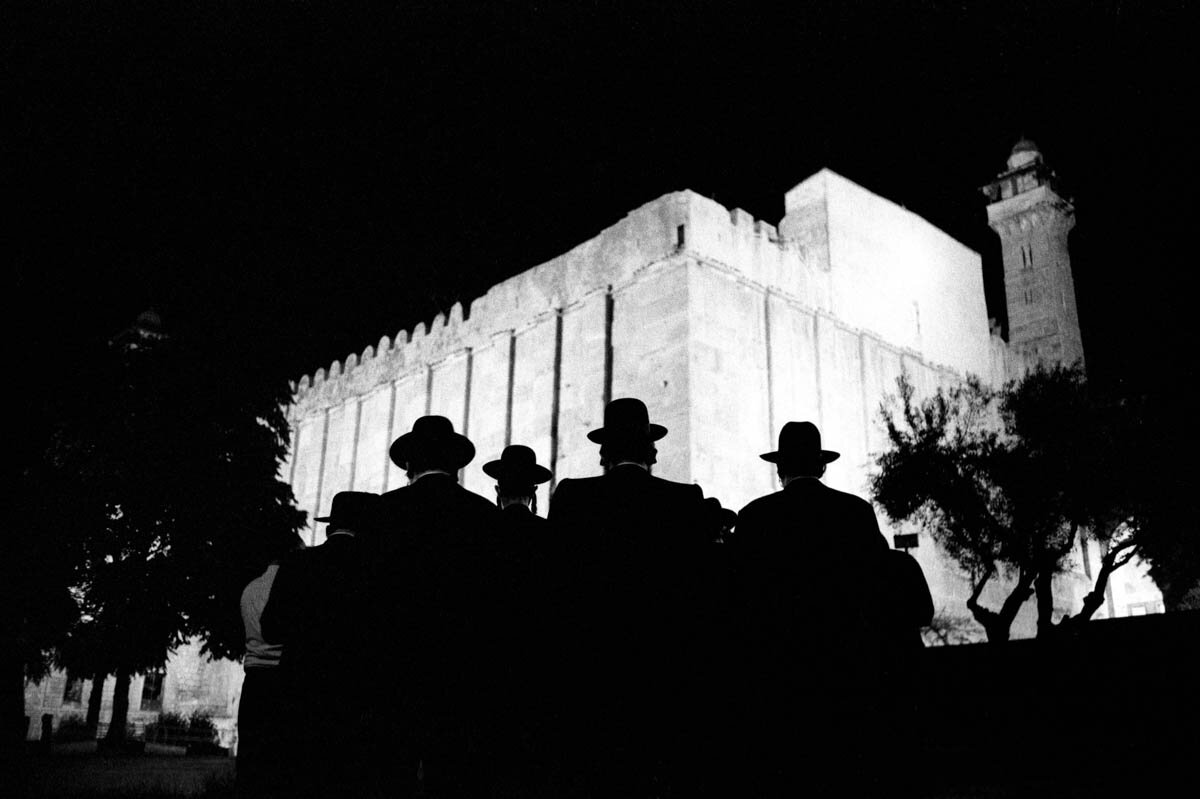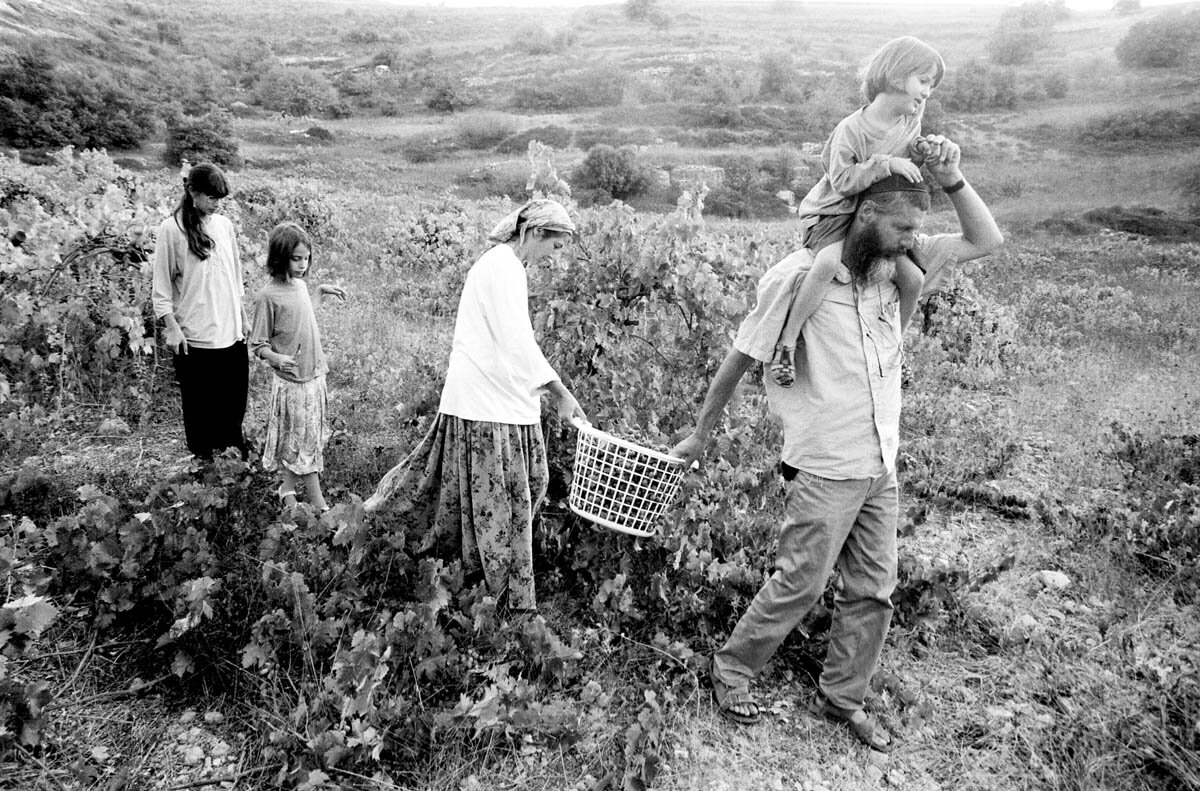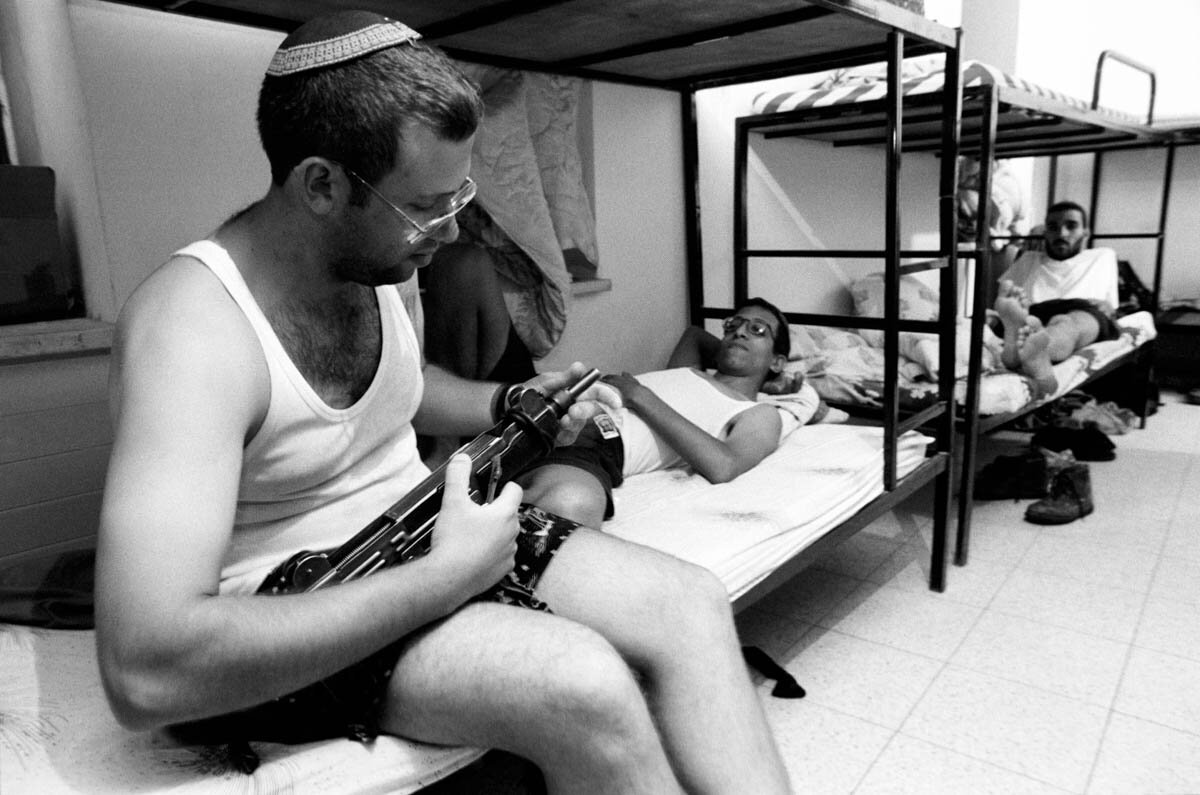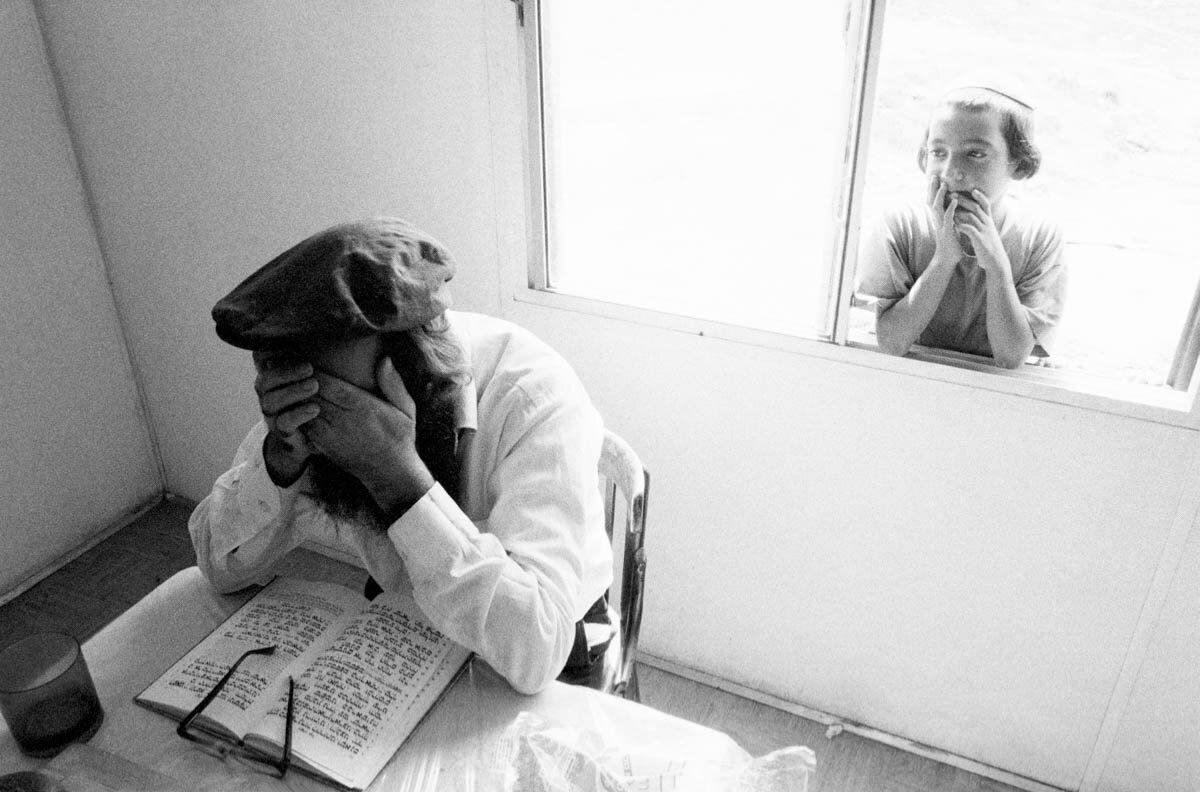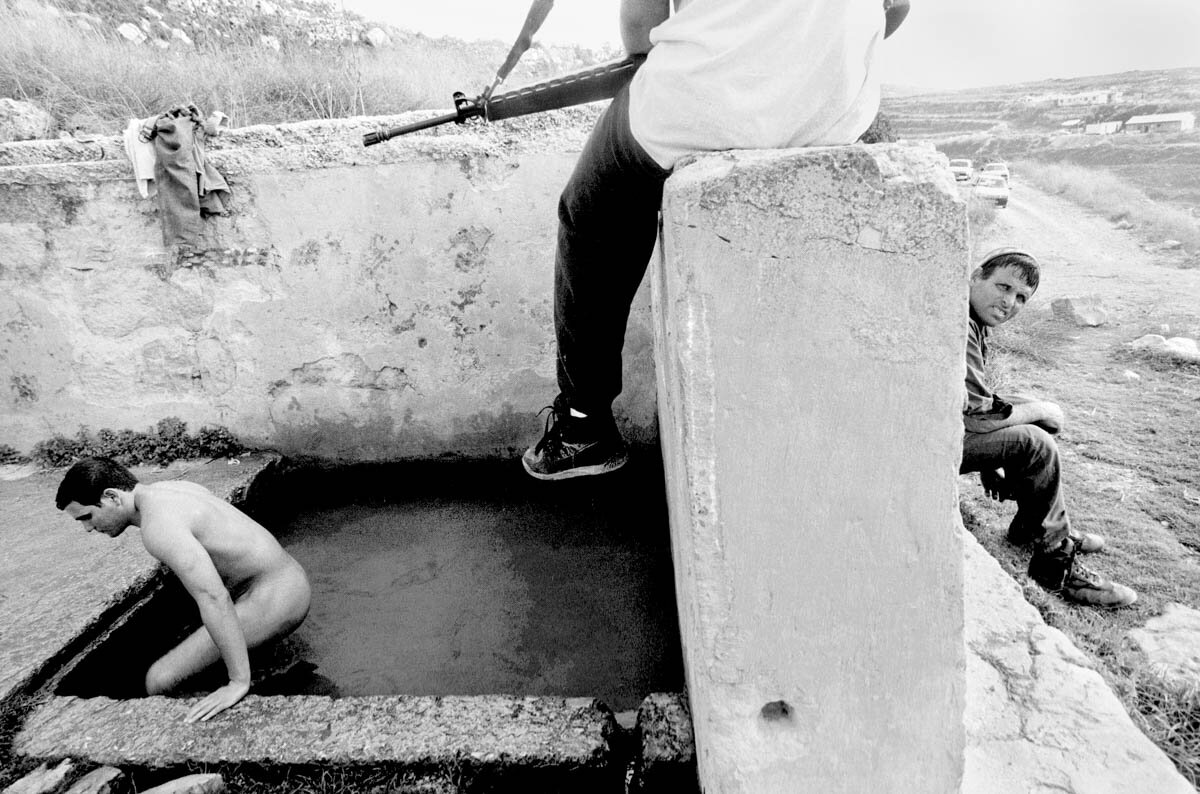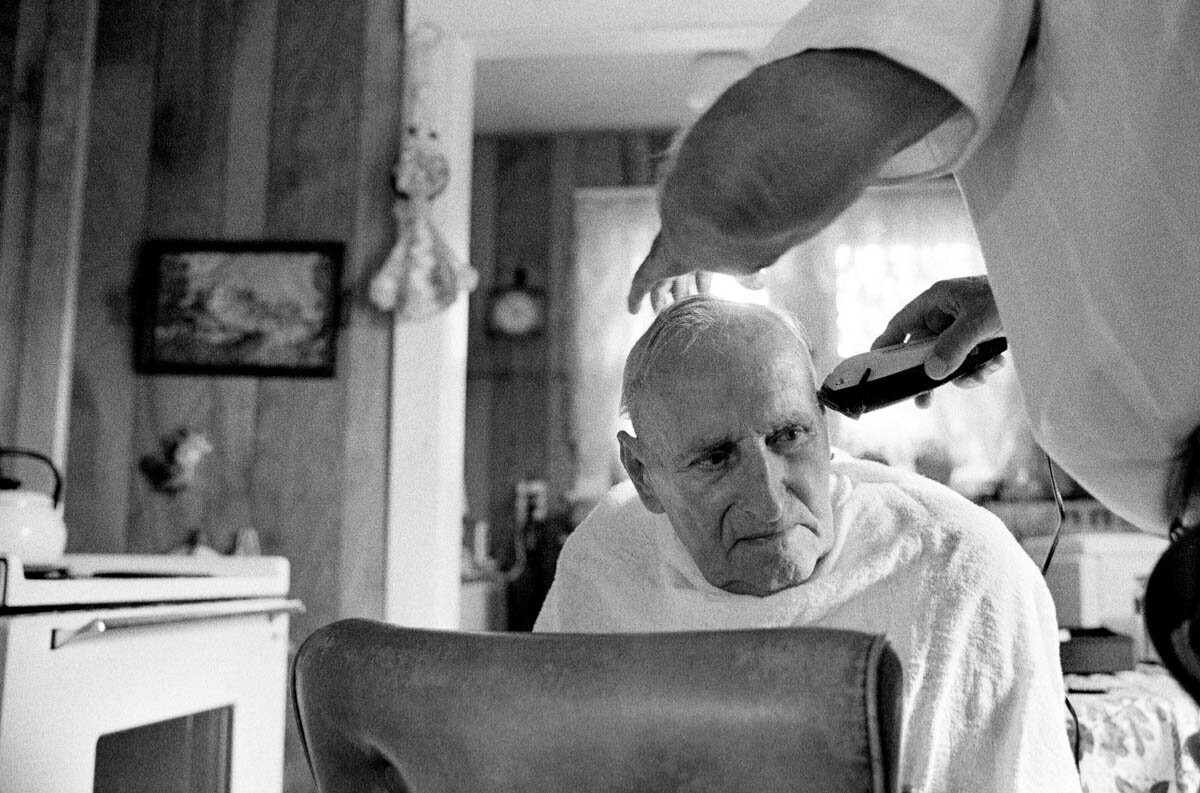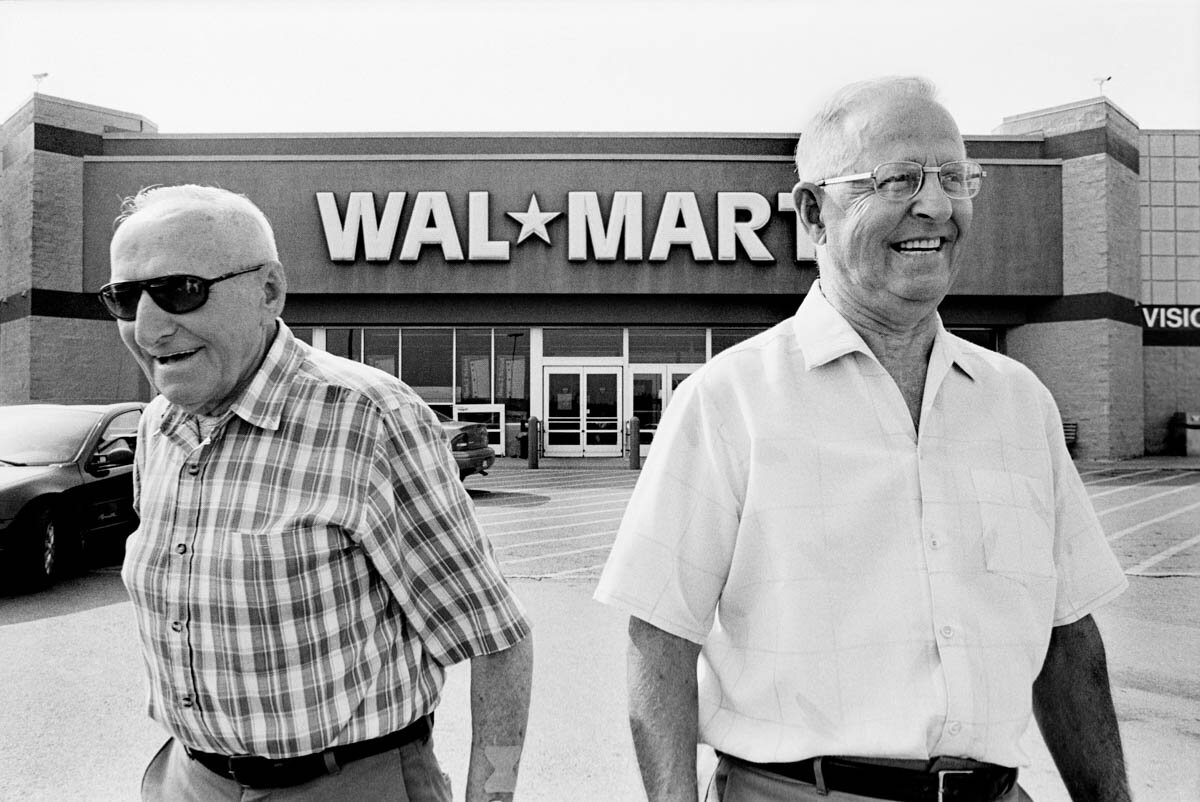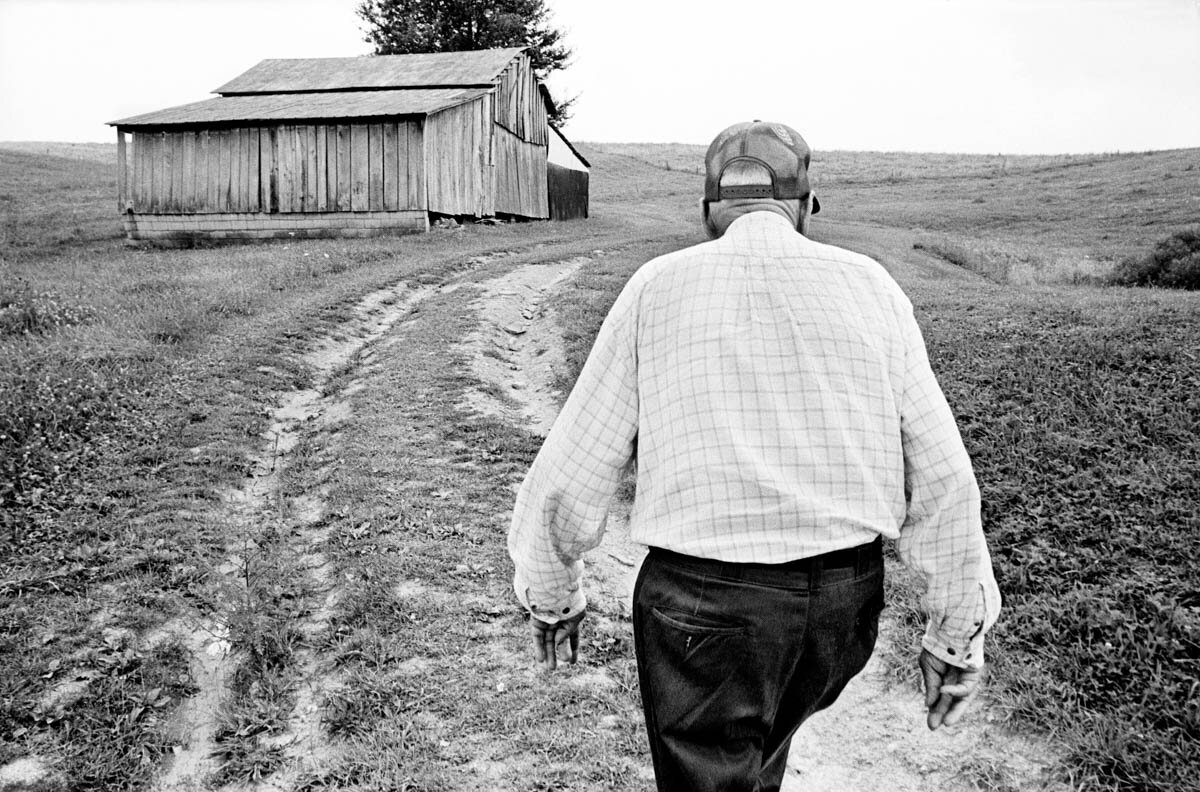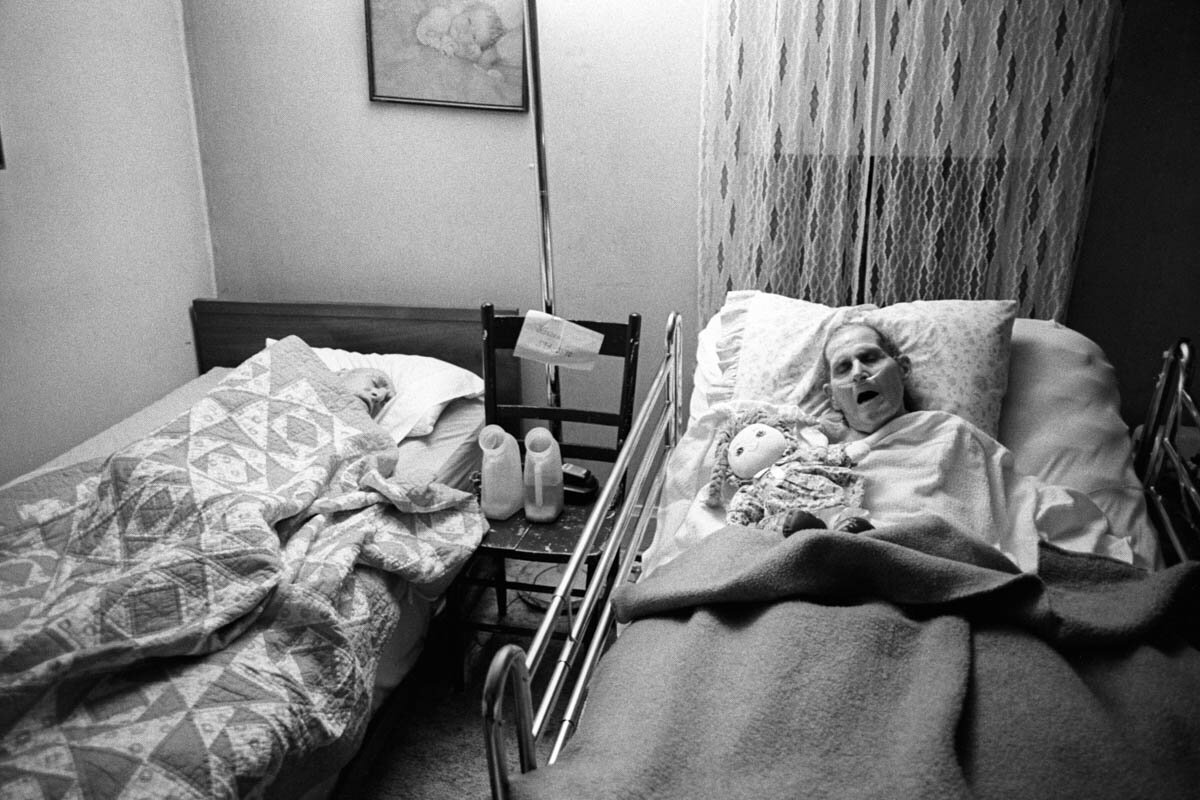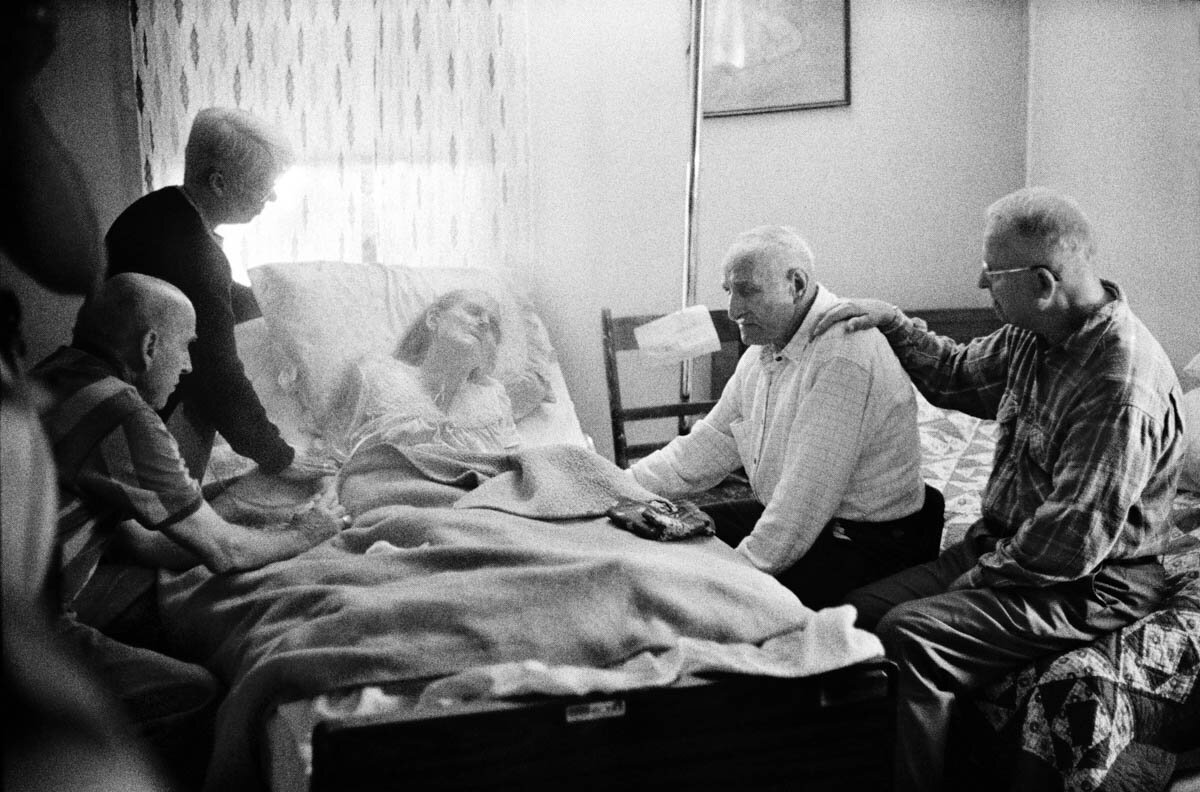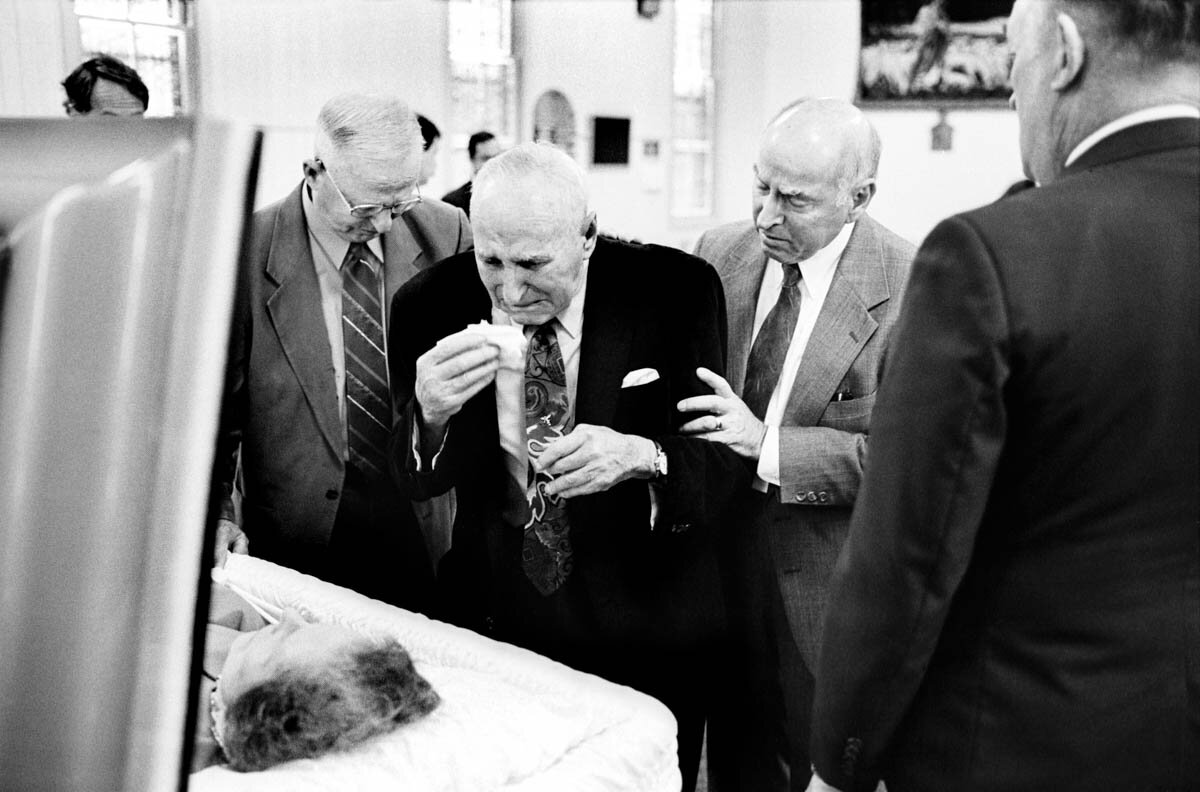“America, Again” is a year-long project by the photographers of VII, an exploration of some of the most important issues facing American voters as they head to the polls on November 3rd. For this chapter of America, Again, we invited photographer Joshua Rashaad McFadden as guest curator, essayist, and photo editor.
What to the oppressed is the American dream? A modern-day query echoing the words of the magnificent Frederick Douglass in 1852 suggests a centuries-long truth of America that has not yet changed, and that the American dream never existed for the marginalized, especially Black Americans.
The following photo essays will explore these truths; it will only begin to examine this country seeking to identify the superficial promises made to its people, the hidden borders and boundaries drawn by the founding fathers to make step-children, and even bastards, of its offspring. These words may seem harsh to some, but no more harsh than the realities of the disparaged who take residence here. These are their stories, offered to the world, to reveal the power of photographic portraiture against injustice.
As a Black man and maker of photographs, much of my work aims to excavate this land and its fabricated laws, in order to dig up the myth of life, liberty, and the pursuit of happiness or freedom. A photographic portrait is a powerful tool that can be used to dive deep into the lives and experiences of a people that often go forgotten. Frederick Douglass has shown us that the written word, coupled with strong portraiture, creates an undeniable narrative of one’s presence and place in the world and that the local newspaper is a way to accomplish that. The photographic series of Amir Saadiq confirms this notion, highlighting the Final Call publication and its message of unification within the Black community and against racism.
Walking the streets of any major U.S. city, one can easily deduce that its people have never all lived the same existence, nor had equal opportunities afforded to them, despite some damaging claims by the Majority population. Evidence proves that true equality and justice has yet to be realized. Legal, residential, and educational systems, to name a few, have been skewed in their application since the country’s faulty establishment. As identified in the work of Sara Terry, those who are unable to navigate these classist, and historically racist, networks fall prey to homelessness, underfunded schools, and little to no access to proper healthcare.
It is no surprise that a country whose legacy hinges on this type of division began with violence and assault on Africans and Native Americans. It continues the tradition through police brutality, now with Black Americans as the primary target. Senseless murders of the oppressed by the very leaders sworn to protect and serve have been the irony glossed over by mainstream America, that is, until its recent influx of candid visibility on national and international platforms, causing national protests to ensue. My work, consequently, reveals a country in a state of unrest, and the aftermath of hurting Minneapolis and Atlanta communities following the high-profile police murders of George Floyd and Rayshard Brooks. The images of Laylah Amatullah Barrayn, then, juxtaposes this threat with portraits of Minneapolis communities, also fighting a global pandemic, COVID-19.
The health crisis, racism, and permeating xenophobic ideals in this country generate physical and societal barriers between residents of varying beliefs, lifestyles, and origin stories. A steady rise in the Majority mistrust of migrant workers, coupled with the rescinding of the DACA program, strain relations with the very groups in search of a better life, who work diligently to support their families while supporting the country’s economy. Photographer Ed Kashi uncovers the plight of immigrant laborers in Freehold, New Jersey, as they, too, grapple between the unacceptance of their presence from a resentful community, and the effects of a pandemic keeping them out of work.
To numerous races, cultures, and subsects, the American dream has become just that: an imaginative ideology existent only in the subconscious of a slumbering country, unwilling to wake. The United States, with its glorious monuments and symbols of greatness, has become its own symbol that it must live up to, to be the land of freedom and equality it boasts of. This collection of photographic essays invites the voices and visuals of our true and fullest America to be amplified in the contexts of the Nation of Islam (Amir Saadiq), the COVID-19 pandemic (Laylah Amatullah Barrayn), immigrant laborers (Ed Kashi), people experiencing homelessness (Sara Terry), and a country in protest (Joshua Rashaad McFadden).
Now it’s time for a call to action. Let’s end the superficial calls for diversity and put motion into our words. As we view these photo stories — two from VII Photo Agency, an agency with little to no Black representation within its membership, and three invited Black photographers sharing work on topics to which they are no stranger — we have to begin to question the gatekeepers of the industry who control visual narratives around the world. At a time when Black photographers are at the forefront, telling these stories, let us continue to witness this systemic restructuring the industry with equality in education and training, an increase in professional opportunities, a narrowing — rather, closing — of the wage gap, and greater grant and scholarship offerings for photography students of color, Black LGBTQ+, and especially Black and trans women. This country is woven with all our stories, and as a Black man, I should be able to stand firmly on this ground to declare the words of Langston Hughes: I, too, am America.
We all are America.
— © Joshua Rashaad McFadden 2020
Federico Martinez Xochmitl, 66, photographed in Freehold, New Jersey on June 24, 2020, used to upholster cars in Puebla, Mexico. He has not been able to return to his landscaping job at the raceway in neighboring Englishtown since it closed for the pandemic. In March he was infected with COVID-19 and hospitalized for five days, followed by an extended quarantine for over a month, alone in the room he rents in a house owned by a Mexican family. He recalls feeling isolated. Even sharing the single bathroom in the house with his landlords was stressful because of fear and stigma associated with having contracted the virus.
He has been in Freehold for 12 years, since 2008, leaving behind his wife and four children in Puebla. He has not been back since. Like many other Hispanic laborers, this is not his first time in the States. He first arrived in West Virginia in 1998, where he lived for two years. The pandemic left him with little more two days of work over a period of three months. He now relies on food donations and pays rent from his savings. He hopes to return home to Mexico by the end of the year.
Freehold’s Pandemic
Photos by Ed Kashi, words by Mary Ann Koruth
An abandoned railroad runs through the heart of tiny Freehold Borough in New Jersey, bearing markers to a historic American past — the Battle of Monmouth was fought here in 1778, pitting George Washington’s army against the British in the longest war of the American Revolution. A giant electronic sign on Route 9 announces the cancellation of its re-enactment due to the coronavirus pandemic; far less visible, but more rampant and relentless is the impact of this virus on Freehold’s Hispanic laborers and their families, a small but mighty population that makes up nearly half of the town’s nearly 12,000 residents. The parallels are unmistakable. COVID-19’s onslaught has manifested in different ways across the world; in Freehold, New Jersey, it has leached into and crippled an ad-hoc but highly functional labor ecosystem that has existed and operated for years.
The town centers of Central Jersey have long been a destination for migrant Hispanic workers to gather and look for work. Freehold, in particular, came into prominence in the late nineties when workers flocked to the town, attracted by its walkability, availability of housing and the promise of plentiful work in farms and land awaiting development in and around Monmouth county. Many head to Freehold directly after crossing the border from Mexico. At nearly any time of day, you can see these men — they are almost all male — walking along the railroad into the center of town where they wait to be picked up by contractors. They call it La Via — the way.
In the early 2000s, Freehold’s townsfolk began to resent the presence of Latino laborers who gathered daily in a shady patch called the Muster zone. The incumbent mayor adopted a fiercely anti-immigrant platform and began enforcing it after his re-election. Local laborers organized to protest this. When negotiations and entreaties failed, they joined hands with the National Day Laborers Organizating Network to file a federal lawsuit against the town. In 2004, the court ruled in favor of Freehold’s undocumented laborers, awarding them the right to gather in the Muster zone and look for work on grounds of their right to free speech. Today they spread out across the parking lot of a 6/12, a bus station, and a Rita’s Ices in downtown Freehold. As the city comes back to life after the lockdown, the workers have begun to appear too, in small groups, trickling in.
The CARES Act, the federal government’s financial relief package for those affected by the pandemic, excludes even tax-paying undocumented workers. Local activist groups have teamed up with national organizations to bring the government to recognize the essentiality of these workers, who make it possible for us to quarantine, by cleaning our houses, mowing our lawns, working in warehouses and restaurant kitchens. In Freehold, the lack of this legitimacy and empowerment has resulted in workers suffering from wage theft and extreme loss of work. As businesses closed for the lockdown, undocumented laborers were the first to go because employers feel no obligation to keep them on. Many have been infected with the virus because employers are not willing to provide PPE or observe government guidelines for safety. Those who survive are faced with ostracization by their fellow workers; some have been asked to leave their living quarters by landlords. Growing anti-immigrant rhetoric and detentions under President Trump had already made America’s migrant labor population vulnerable; the pandemic has pushed Freehold’s immigrant workers so deep into the shadows as to lose sight of them.
— © Mary Ann Koruth
Angelica Espinal-Garcia, 36, is a health educator with the Freehold area health department in Freehold, New Jersey. As president of the board of Casa Freehold, a local non-profit that advocates for immigrant laborers, she has been conducting outreach and education sessions about the virus and organizing the food drive in collaboration with Freehold Borough and other organizations. Here she is seen preparing to deliver supplies and helping set up food distribution at Casa Freehold, in Freehold Borough on June 9, 2020.
Mario Rodriguez, 52, was a farmer in Puebla, Mexico. Photographed in the backyard of the house where he rents a room, in Freehold, New Jersey, on May 29, 2020, he represents the classic undocumented day laborer who does construction, landscaping, painting — almost anything needed by local contractors. He typically earns $20/hour but as a daily wage worker without a steady job, has no access to health benefits or any control over getting hired.
The pandemic has impacted him severely. He lost two months of work in March and April, and work has been scarce since then. He has eight children and a wife back in Mexico who rely on him to send money; before the lockdown he was able to send home at least $400/month. Now he can barely muster $250/month, on top of paying his bills and rent. He has had to bike one hour to work and back because employers are afraid to pick up laborers for fear of contracting the virus.
After years of struggle, the pandemic is the last straw. He plans to return to Mexico later this year. “Trump hates Mexicans,” he said, regretfully. And, he misses his family. It’s been 14 years since he saw them. “American is a beautiful country,” he said, but he can no longer afford to stay here.
Alicia Valriano, 43, is from Mexico City and has three children, two of them American citizens. She is a tax-paying undocumented immigrant, photographed at her home in Freehold, New Jersey on May 21, 2020. Prior to the lockdown, she worked nearly 80 hours a week and had three jobs, as a waitress, painting tiles for a local company and as a shift supervisor at CVS. She is also pursuing a GED. Though she has paid taxes for 18 years, as an undocumented taxpayer she is not entitled to social security benefits from the government. She immigrated to the US in 2000 for economic reasons and began working on her first day in America, at a travel agency.
When the lockdown hit, she lost two of her jobs, but kept the full-time position at CVS. Her husband, Manuel, is a day laborer. In March, he fell ill with COVID-19 and recovered at home, while Alicia went to work.
She is currently renting but wants to buy a home. Her 23-year-old daughter has DACA status and volunteers at EMS in Freehold. She dreams of becoming a nurse. After saving for years, Ms. Valriano had completed a loan application and was ready to move forward with buying a house, until the pandemic, which put her plans on hold. The lockdown has made it even harder for undocumented buyers to purchase a home.
As a family with mixed immigration status she is unafraid to speak out on behalf of others like her and is disappointed at having been left out — from receiving financial relief through the CARES Act, and from fulfilling the universal American dream to own a home.
Eleazer Hernandez, 45, is undocumented and has been in the States for 16 years. He has worked as a cook in local restaurants in Freehold, New Jersey and is photographed here outside his rental apartment on June 12, 2020. He was infected with Covid-19 but survived with the help of Angelica Espinal Garcia (featured above), who intervened on his behalf to local doctors and even fellow workers who discriminated against him even after he recovered.
Fear and stigma are common in the immigrant Hispanic labor community. He has suffered wage theft from quitting his job due to falling sick and was unable to send money back to his family in Mexico until recently.
Gregoria Ramirez, 52, is from Puebla, Mexico. She cleans houses and was photographed in Freehold, New Jersey on June 9, 2020. She came to America in 1992 and has been in Freehold since then. She has three children, two of whom are American citizens. She came to Freehold following her father and cousins, who were already living here. Her first job was working in a greenhouse in a local farm, then at a restaurant as a busgirl, then the dry-cleaning business for several years.
She has been a house cleaner for the past ten years. Since the pandemic hit in March, she has had to stop working. None of her clients, most of whom are orthodox Jewish families in the neighboring community of Lakewood, were willing to risk having her clean their homes during the pandemic; as the lockdown has begun to lift, she has found a little work, but is struggling to support her children and pay rent. In 2011, she missed a court date for a possible visa due to work.
“AMERICA, AGAIN” | CHAPTER 1: IOWA
“AMERICA, AGAIN” | CHAPTER 2: THE ENVIRONMENT
“AMERICA, AGAIN” | CHAPTER 3: AMERICAN DREAMS
“AMERICA, AGAIN” | CHAPTER 4: INTERRUPTED
”AMERICA, AGAIN” | CHAPTER 5: AMERICAN MYTHS
”AMERICA, AGAIN” | CHAPTER 6: AMERICAN IMPERIUM
”AMERICA, AGAIN” | CHAPTER 7: AMERICAN HOPE, AMERICAN FEARS


















